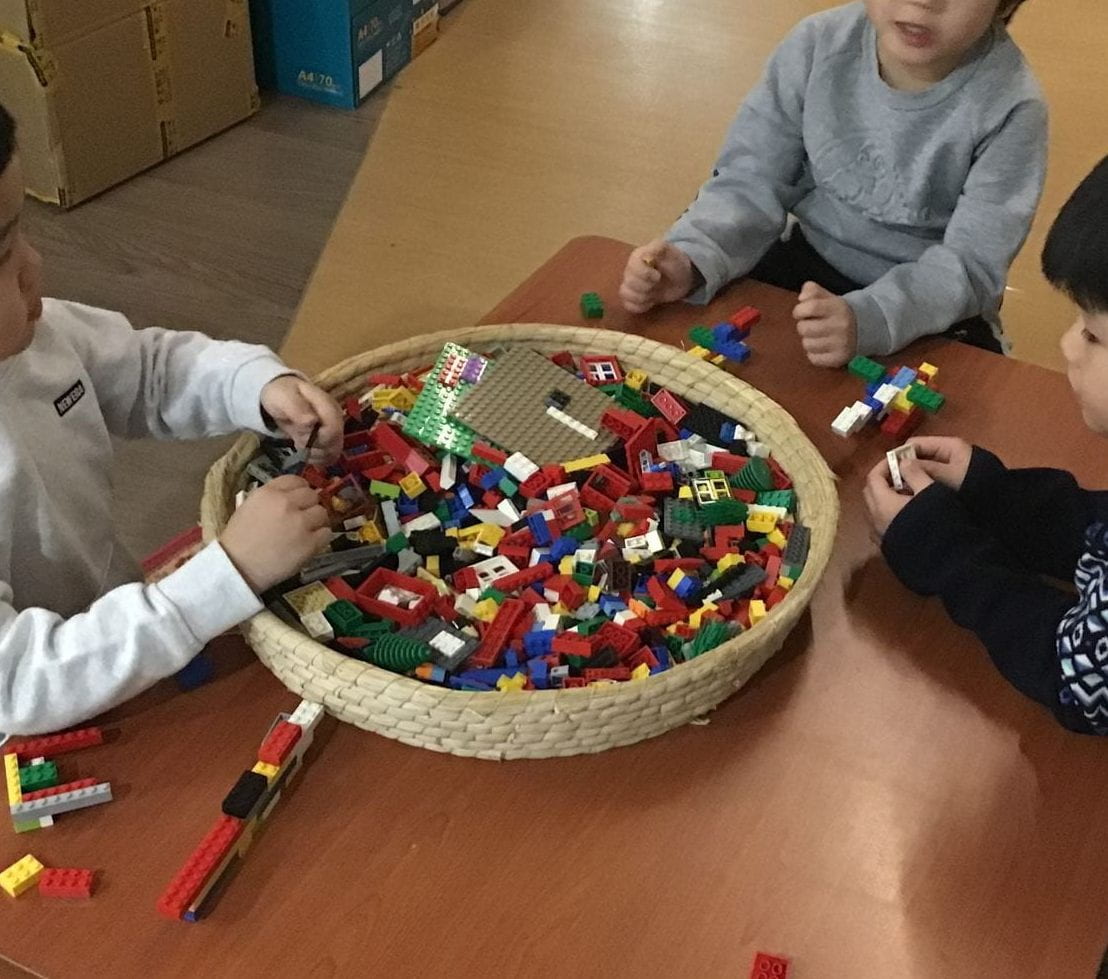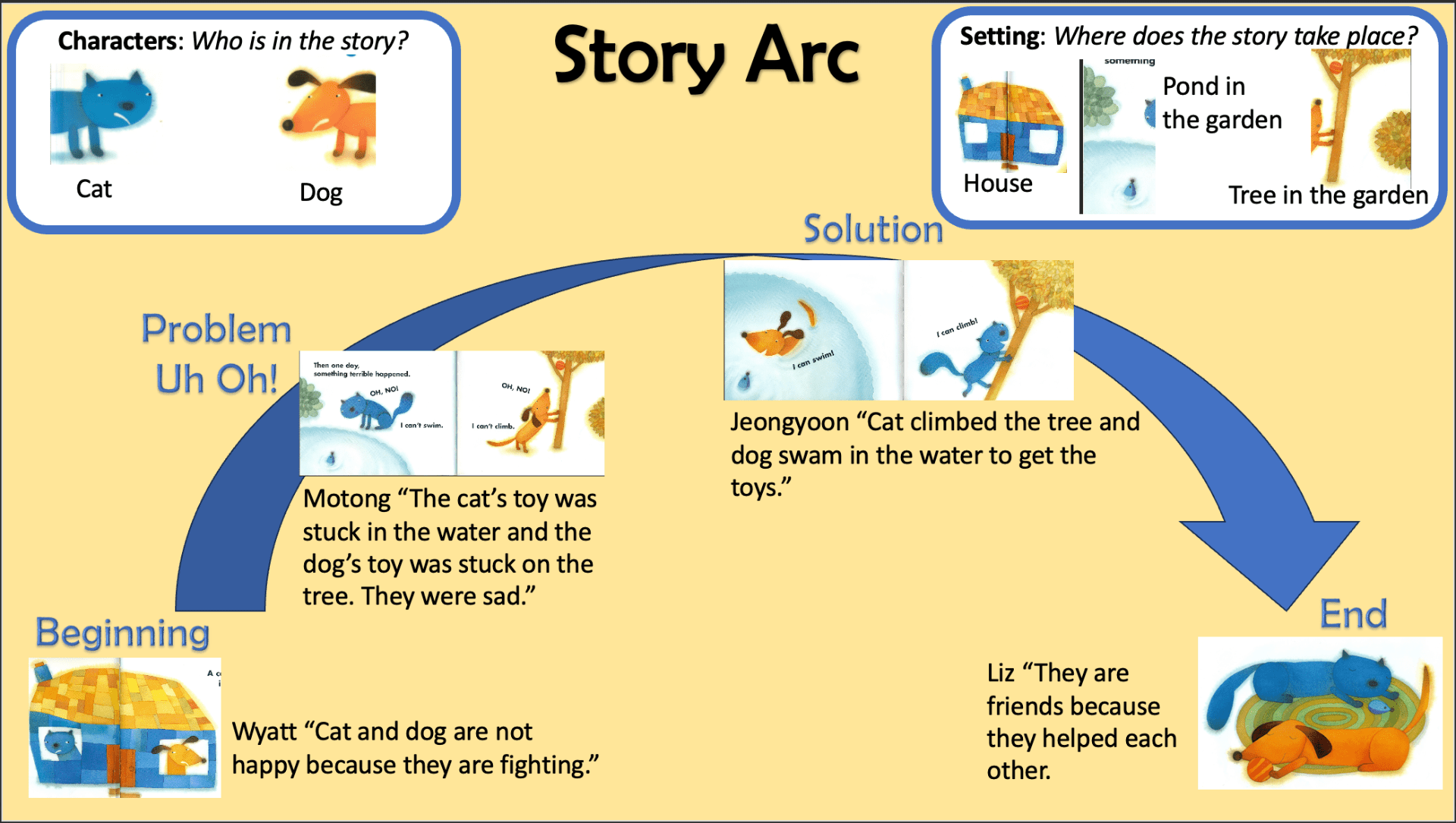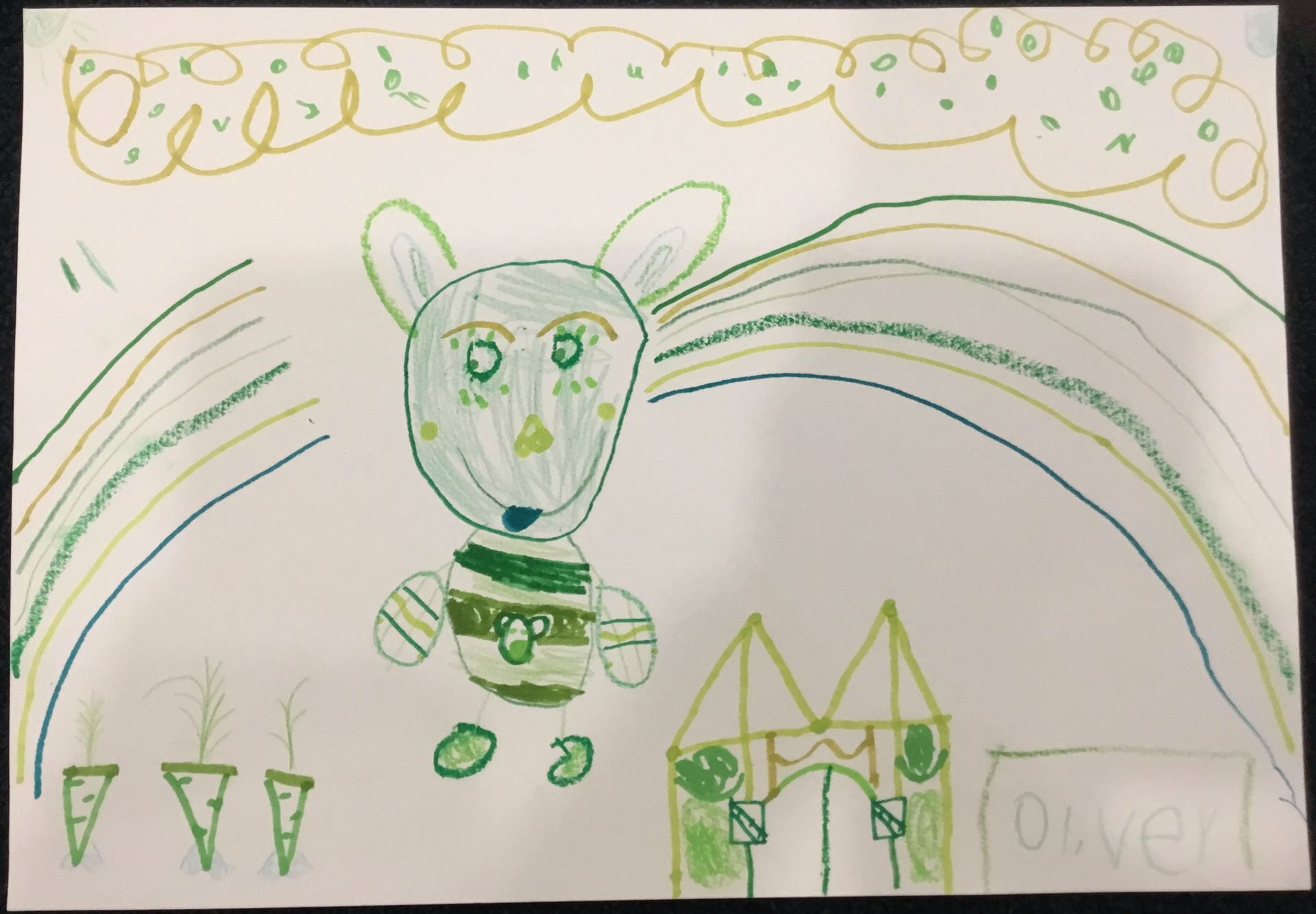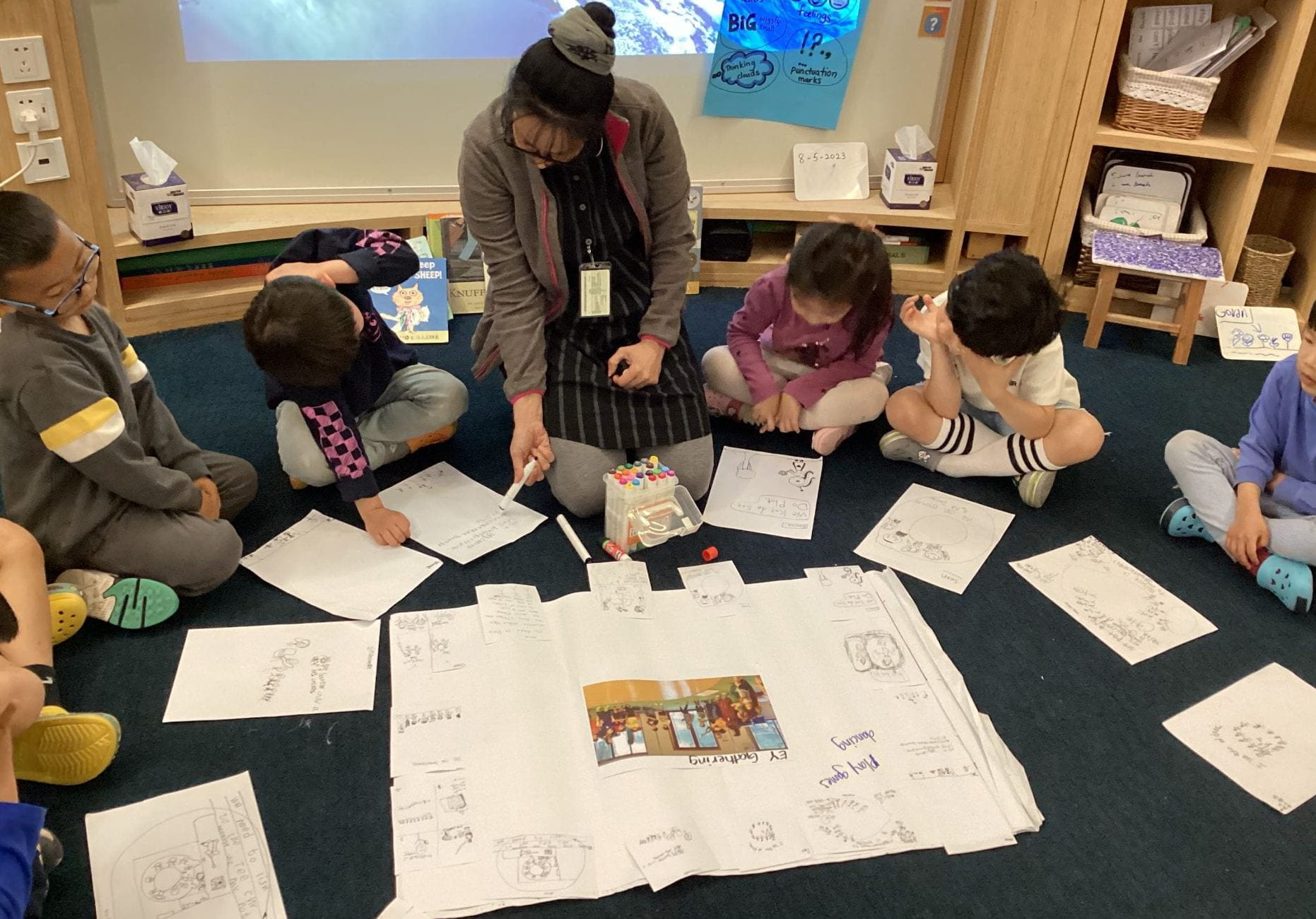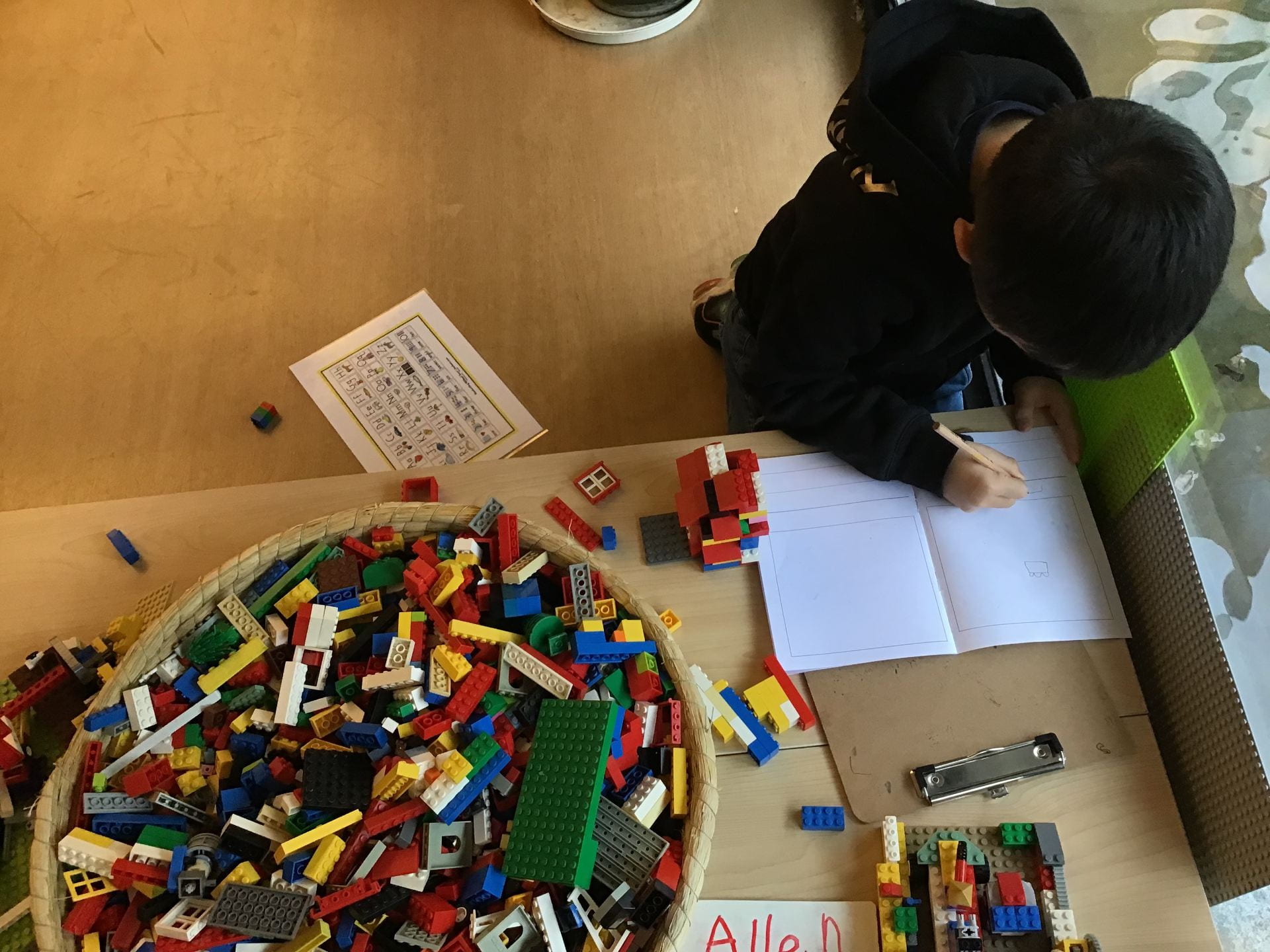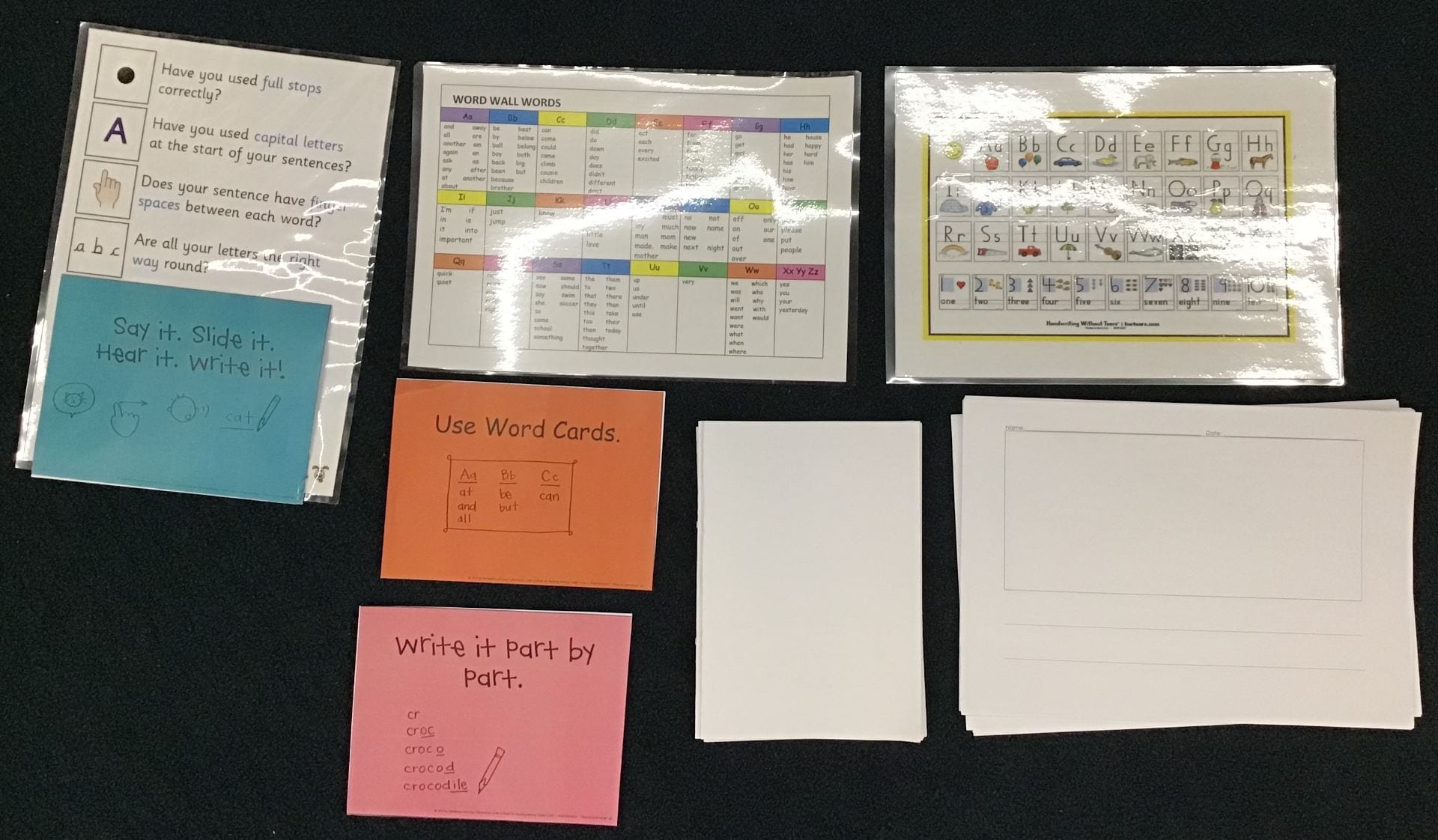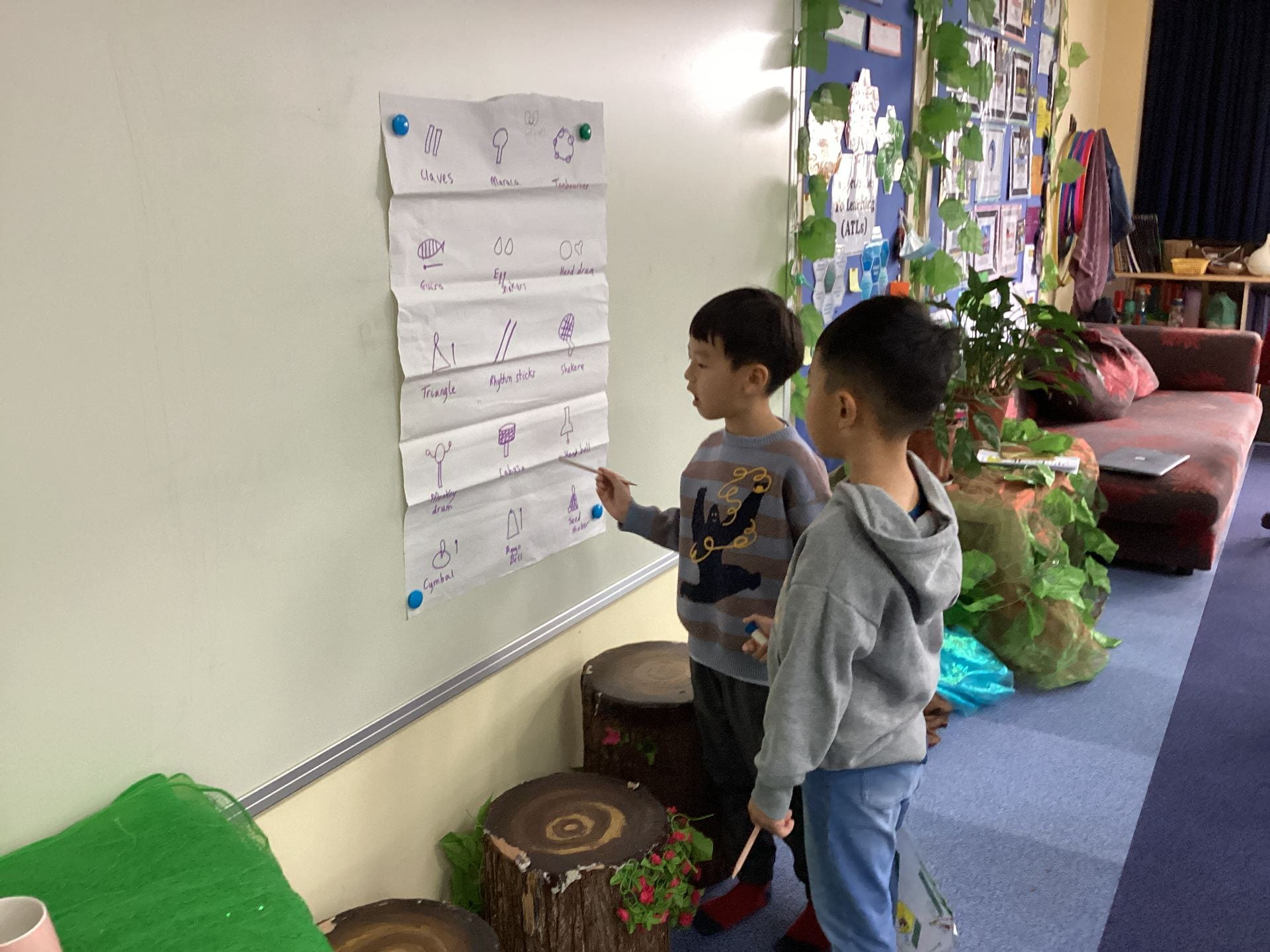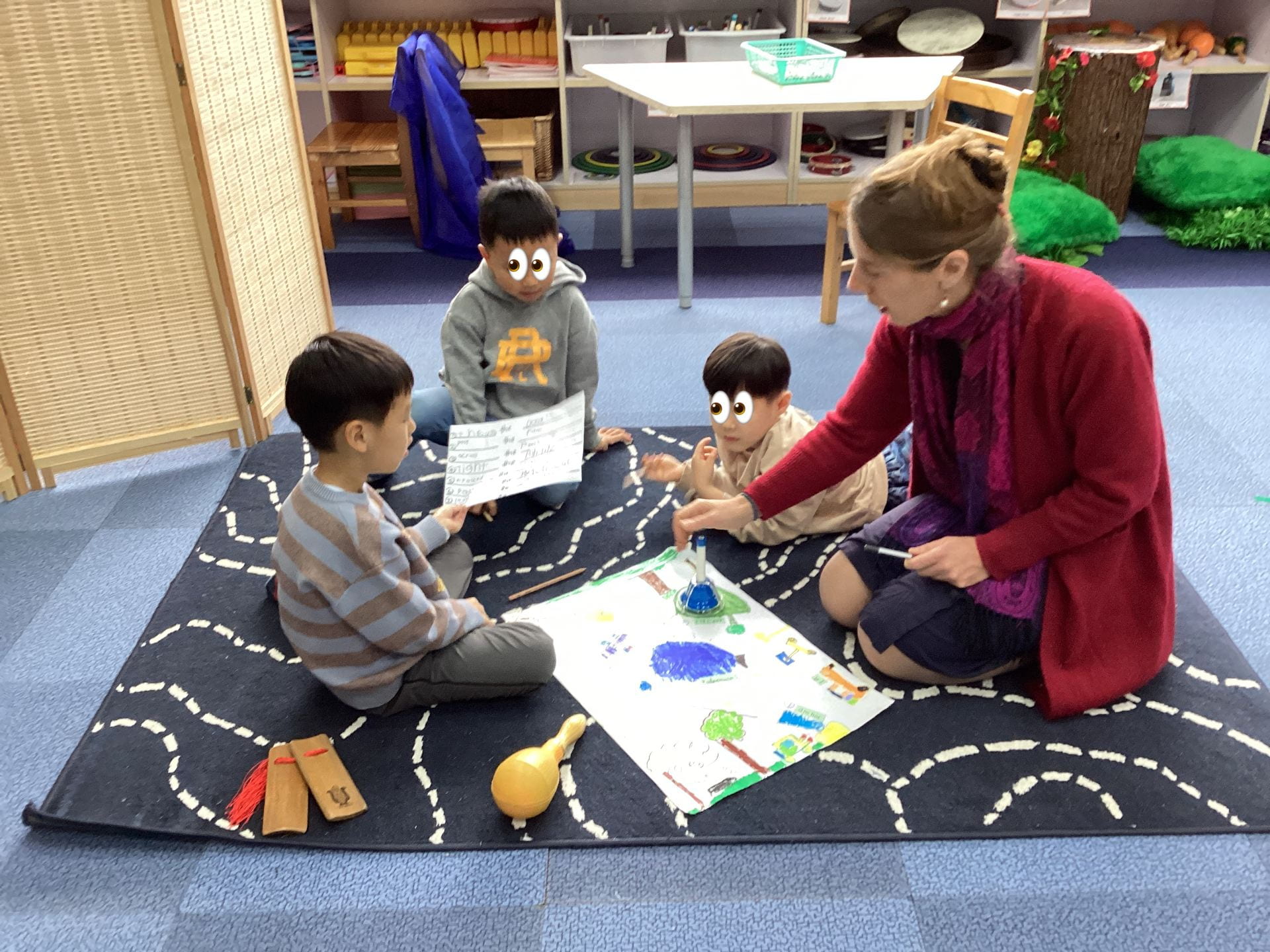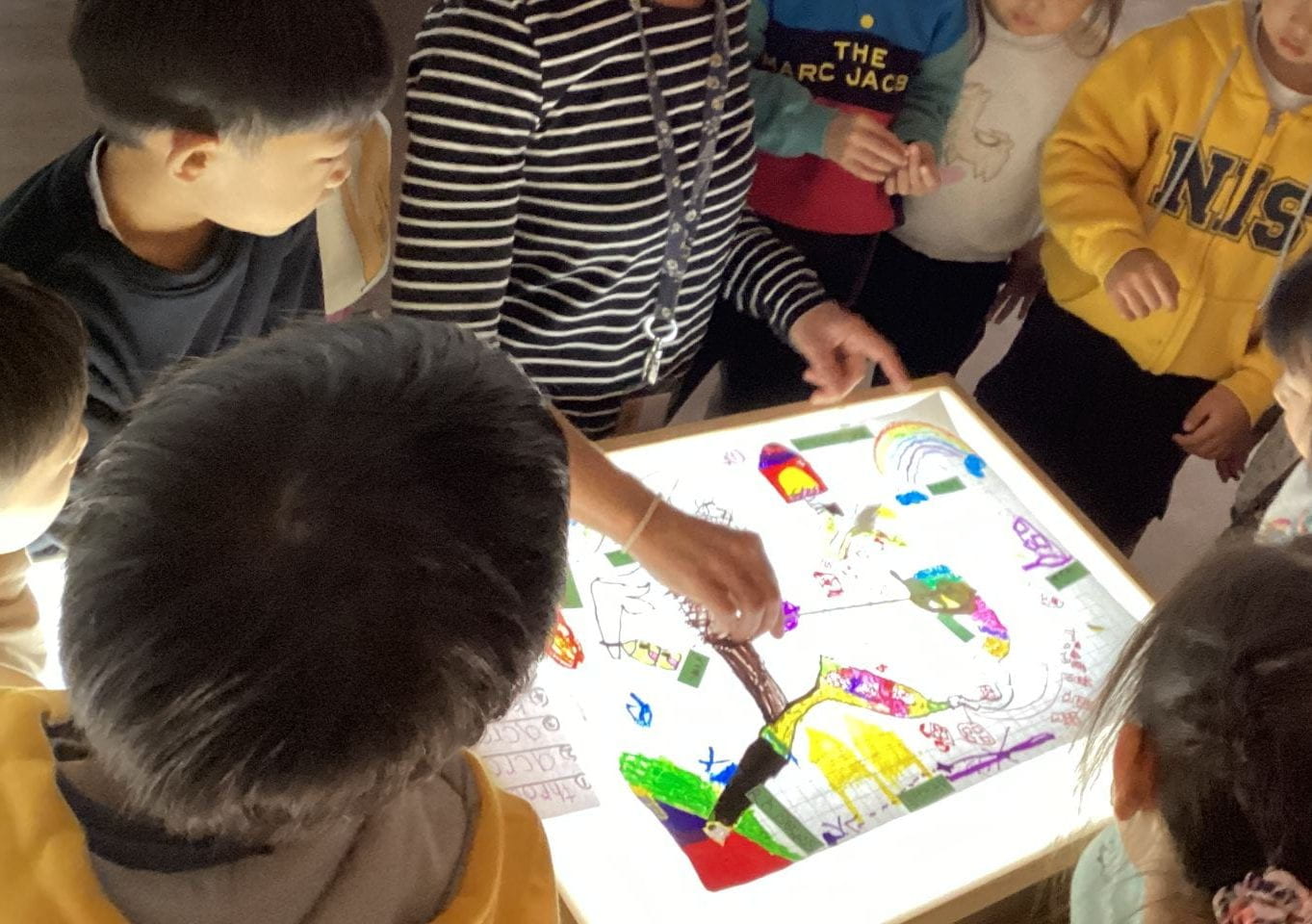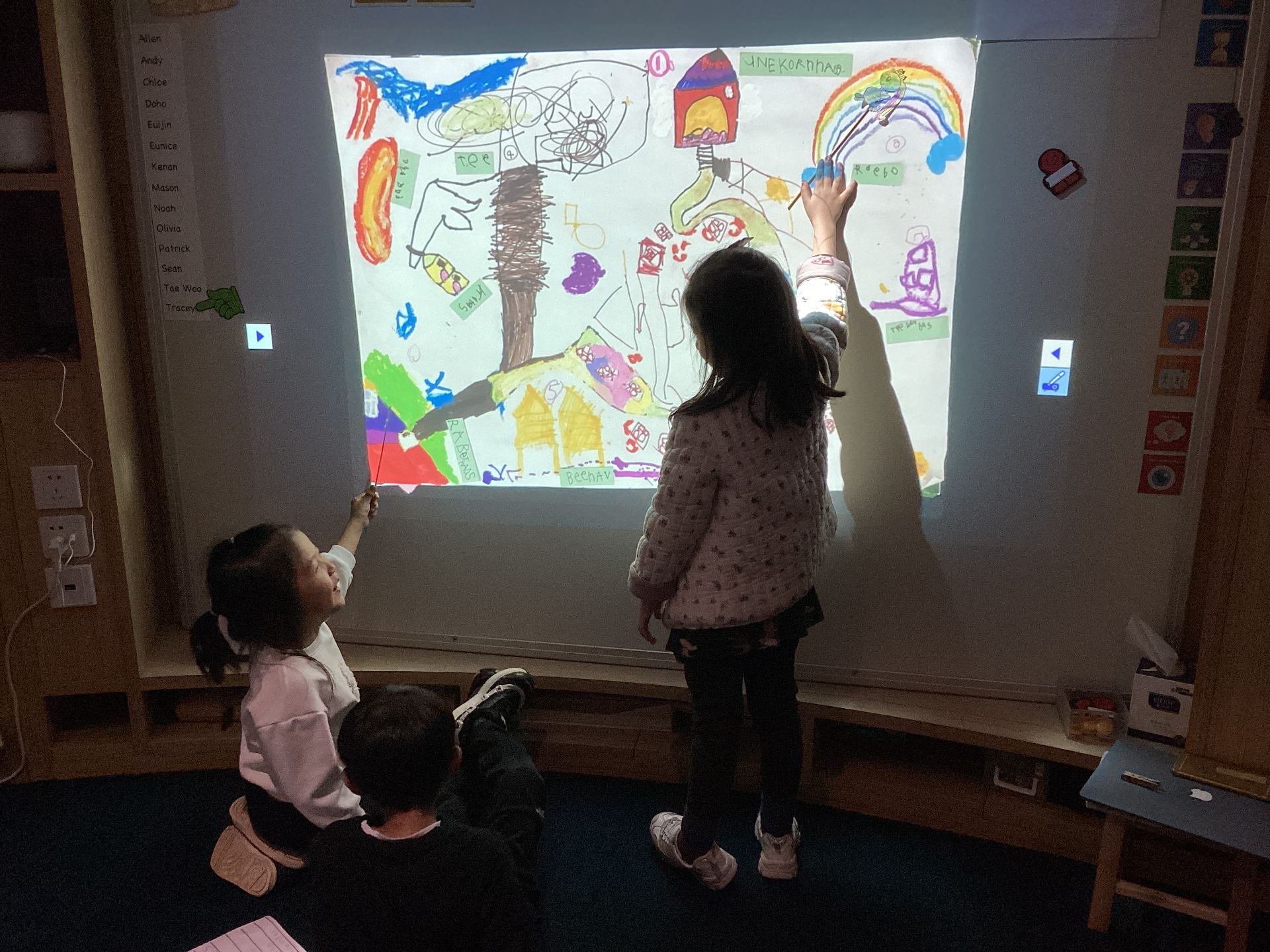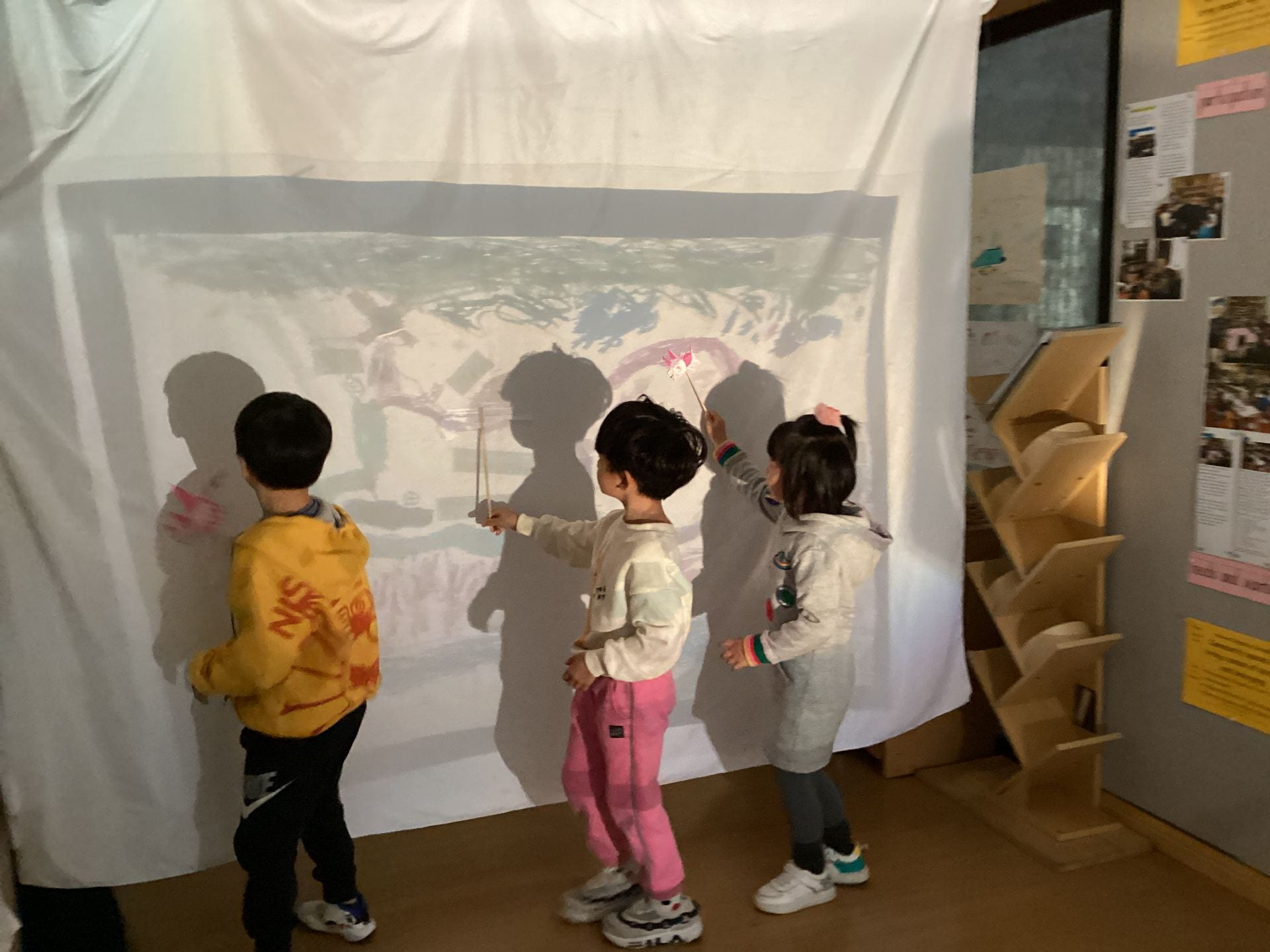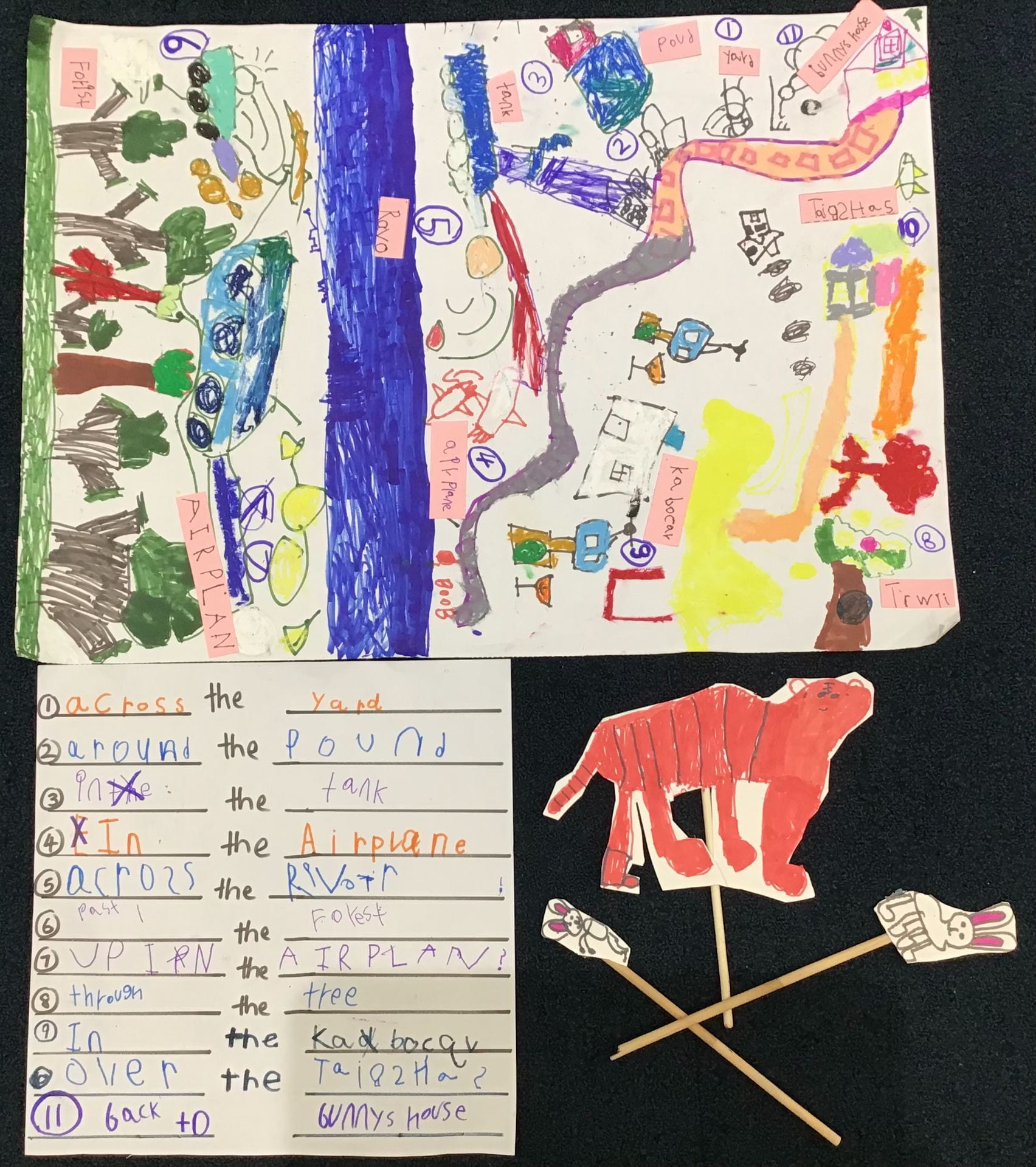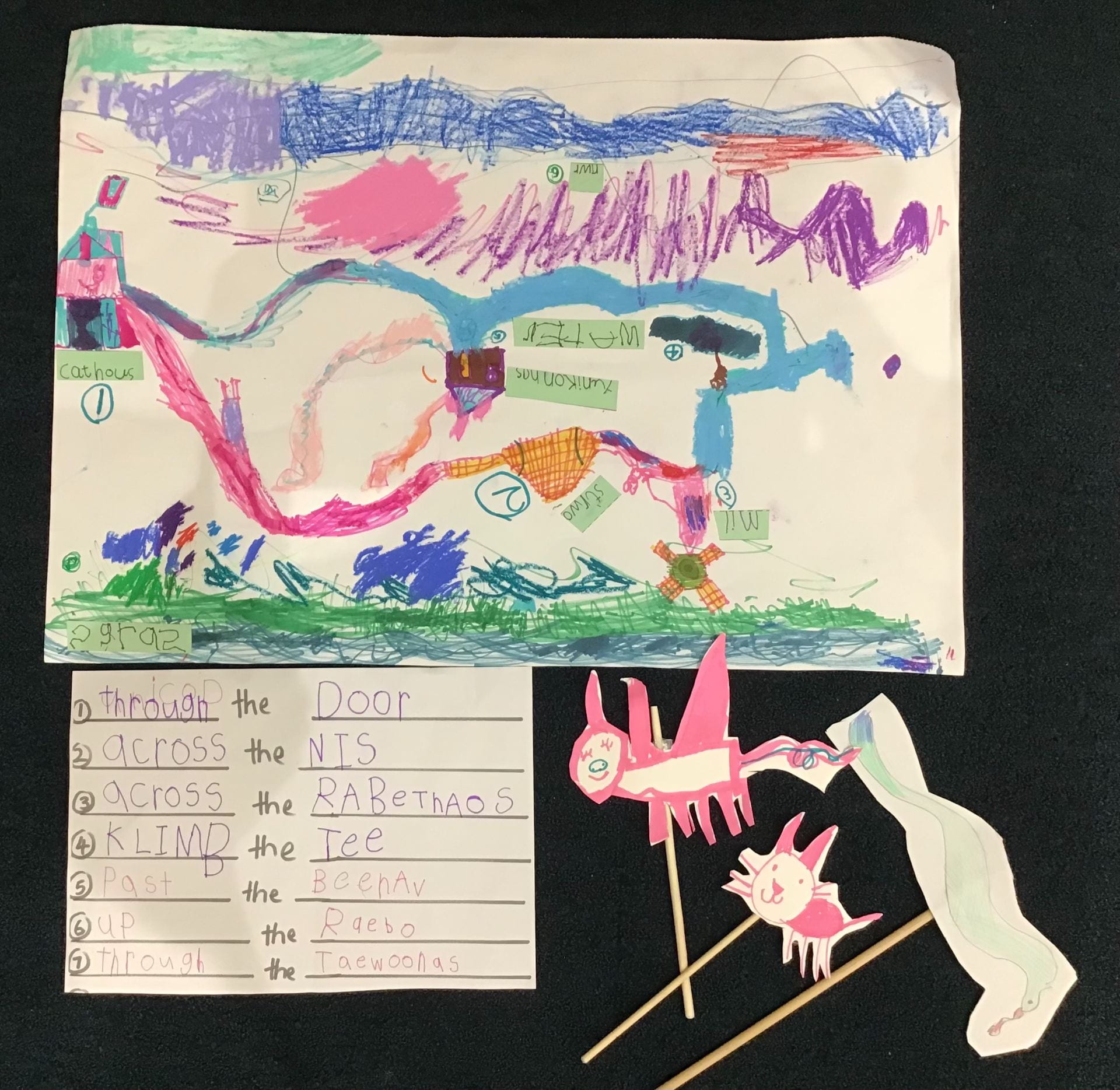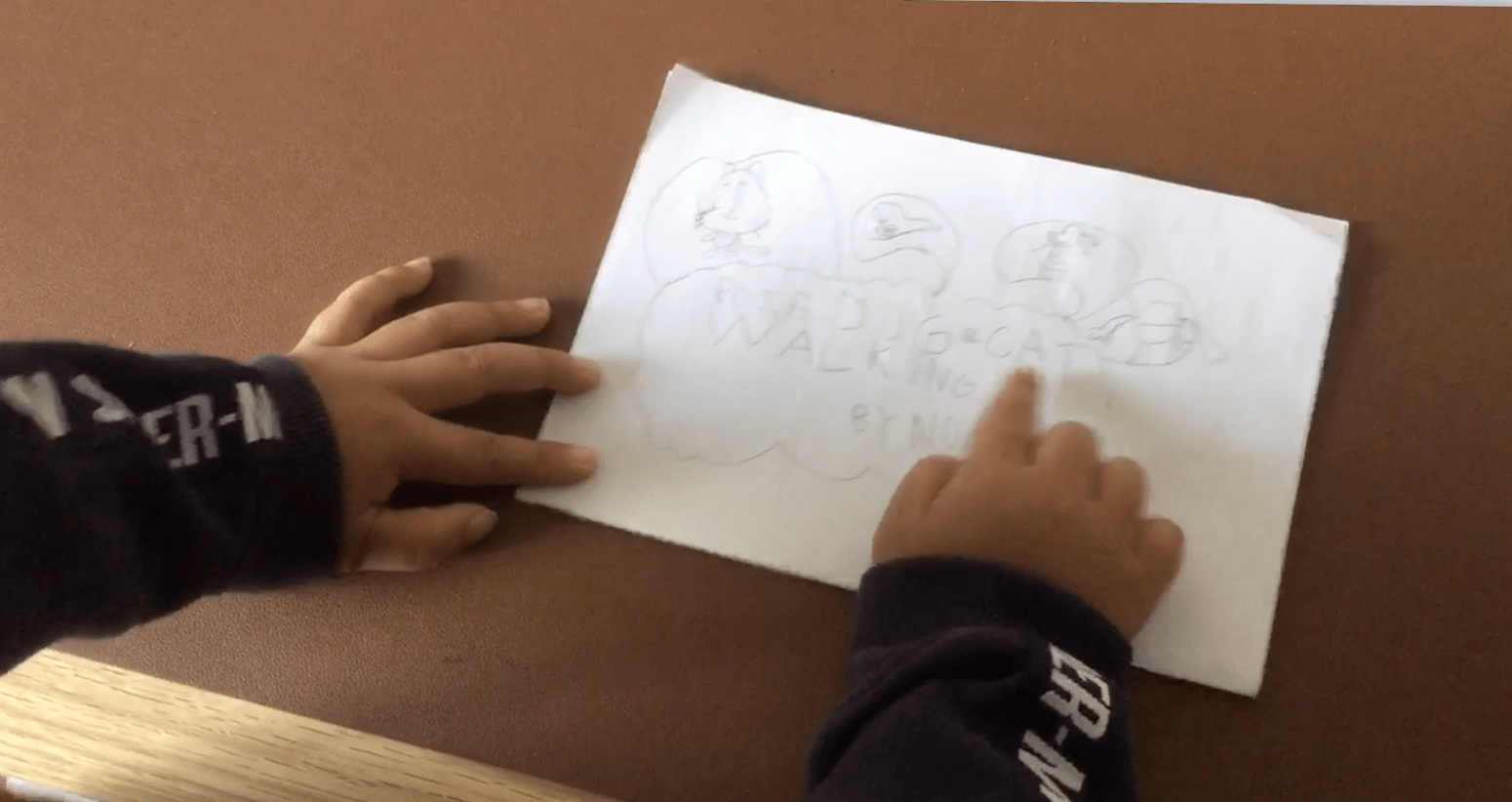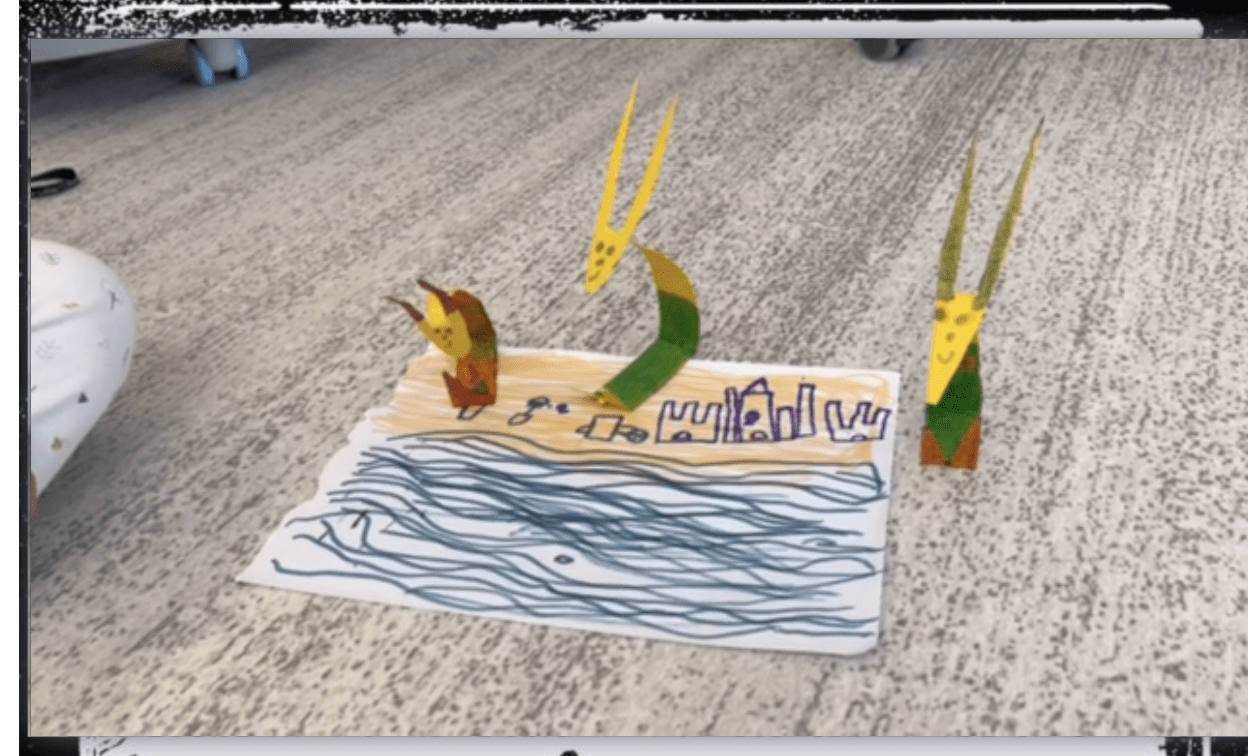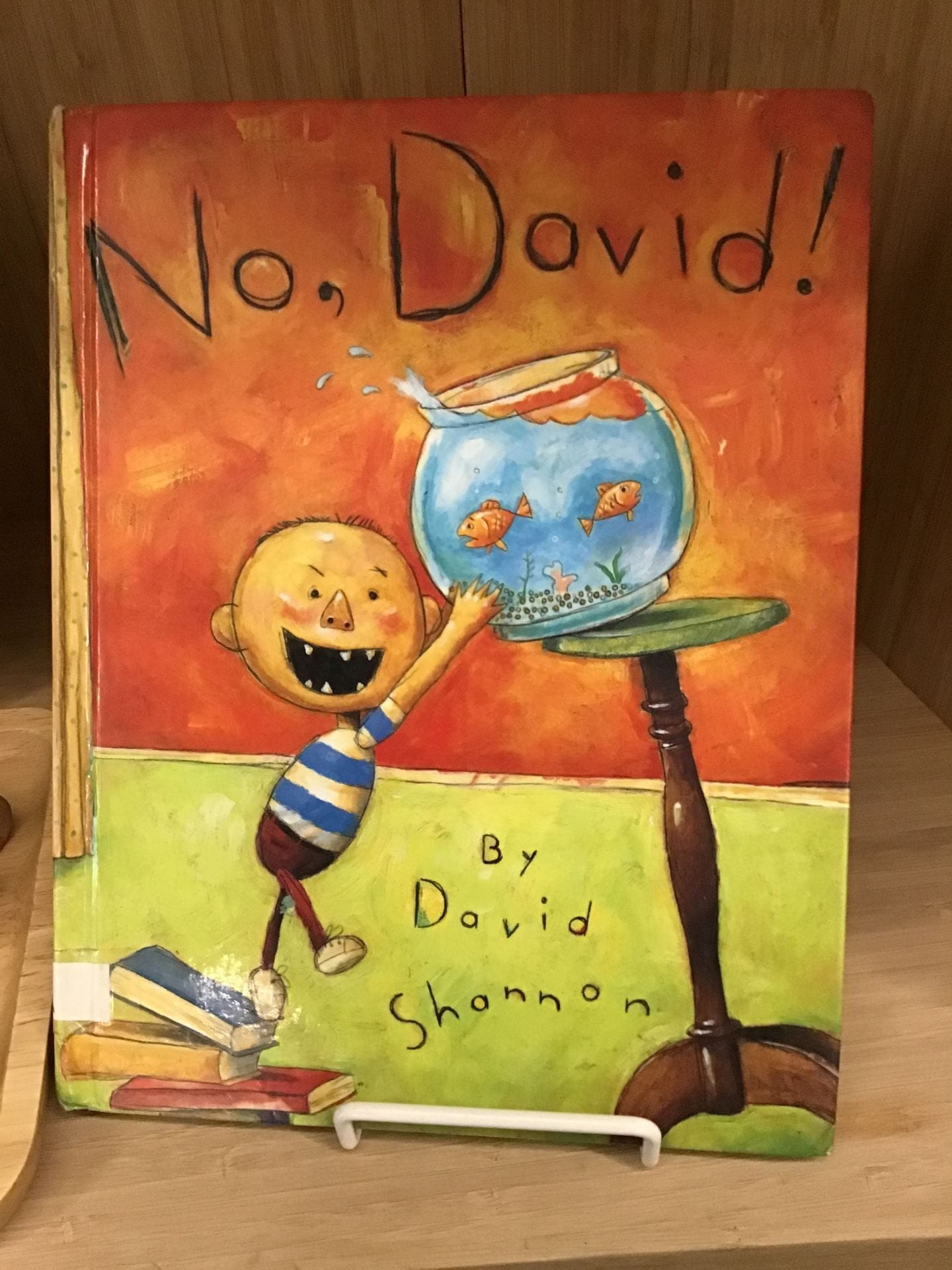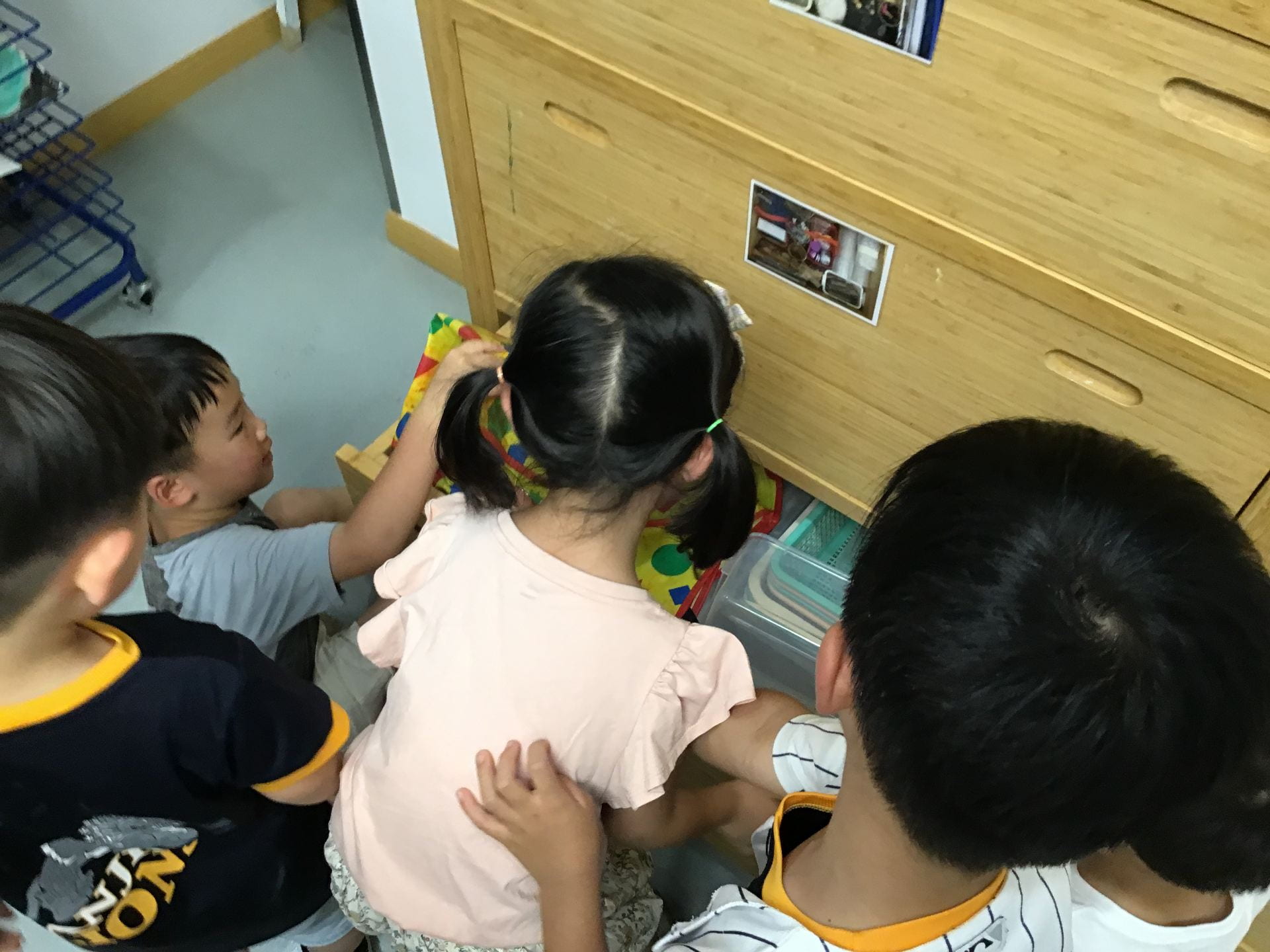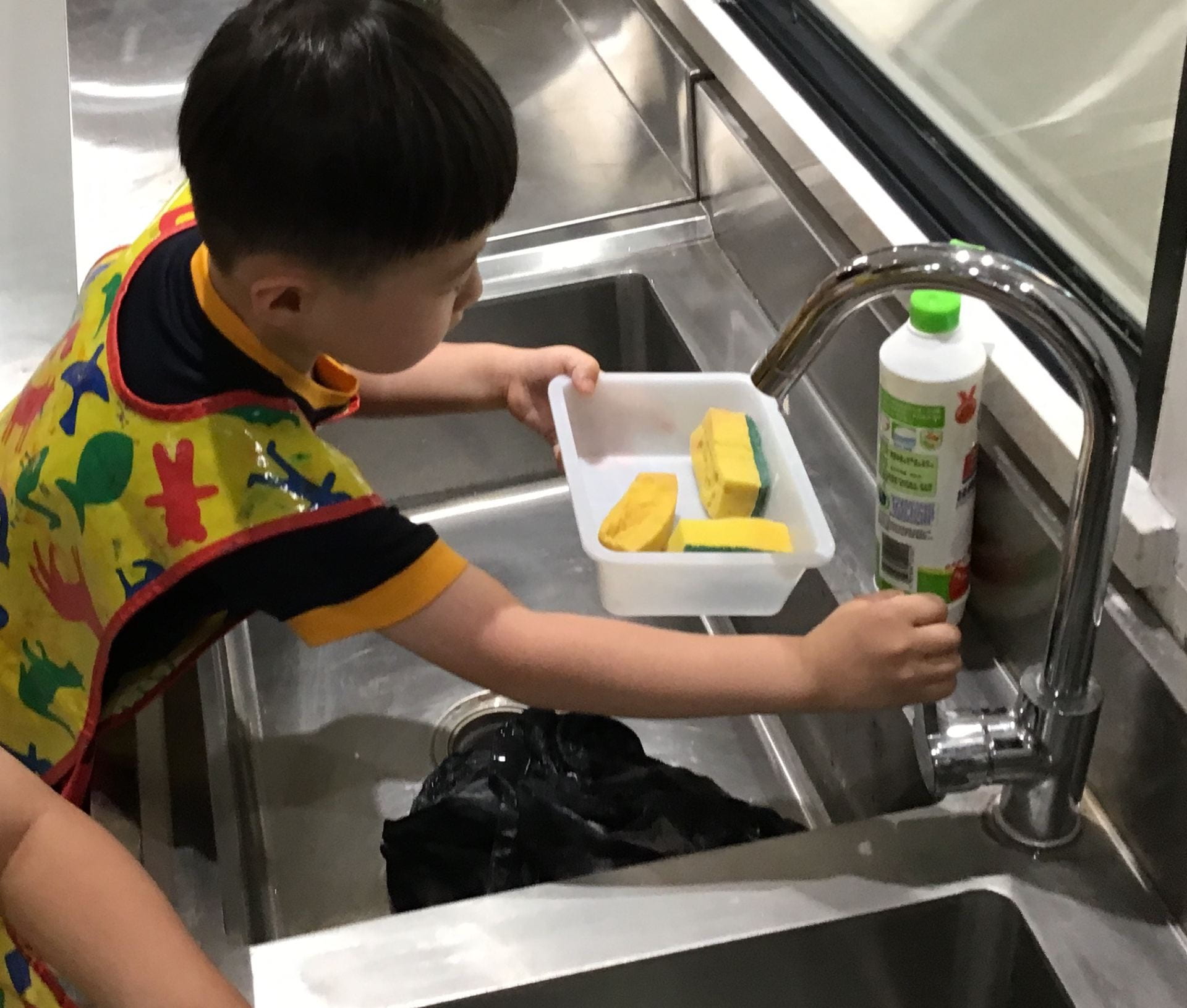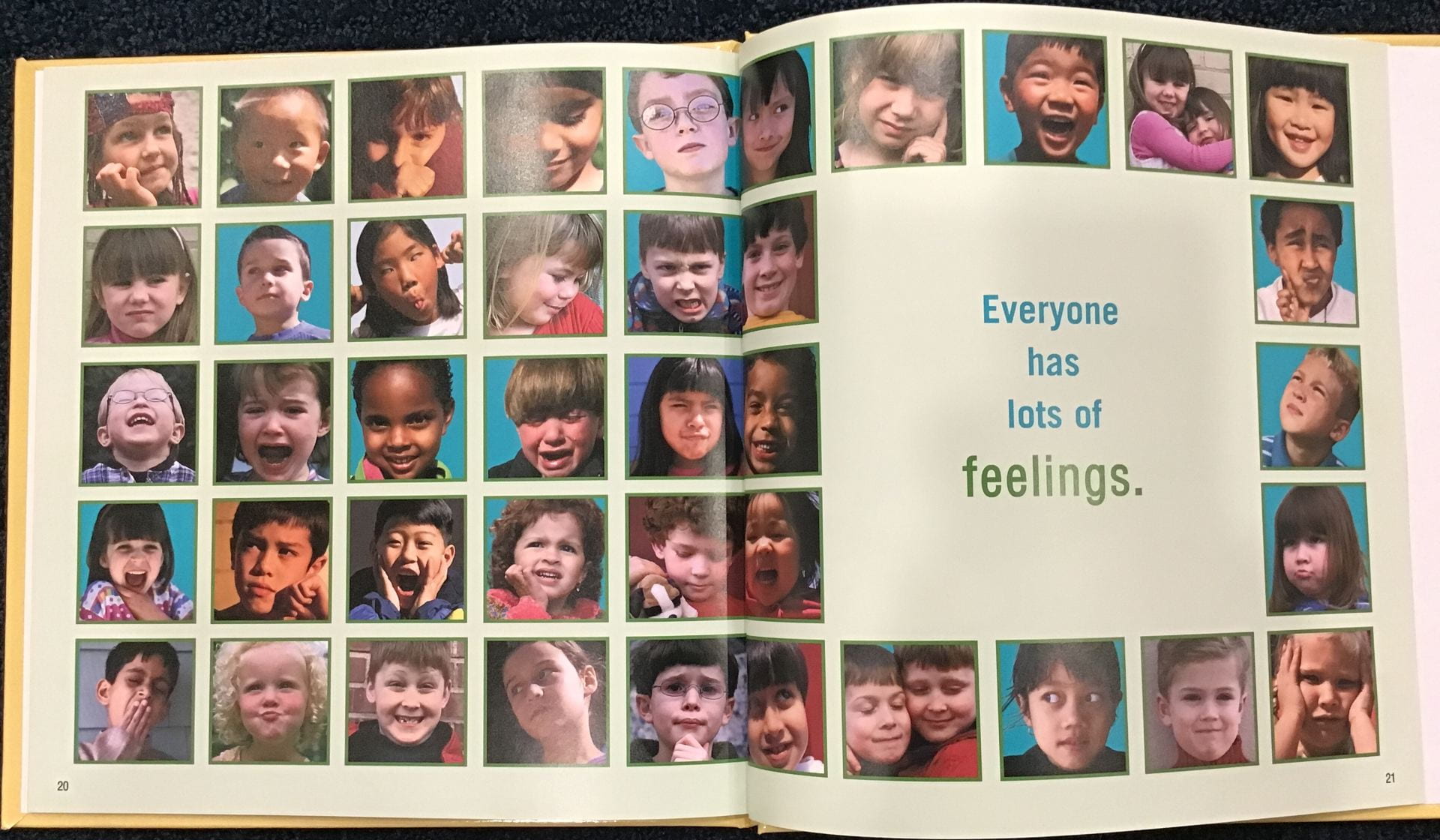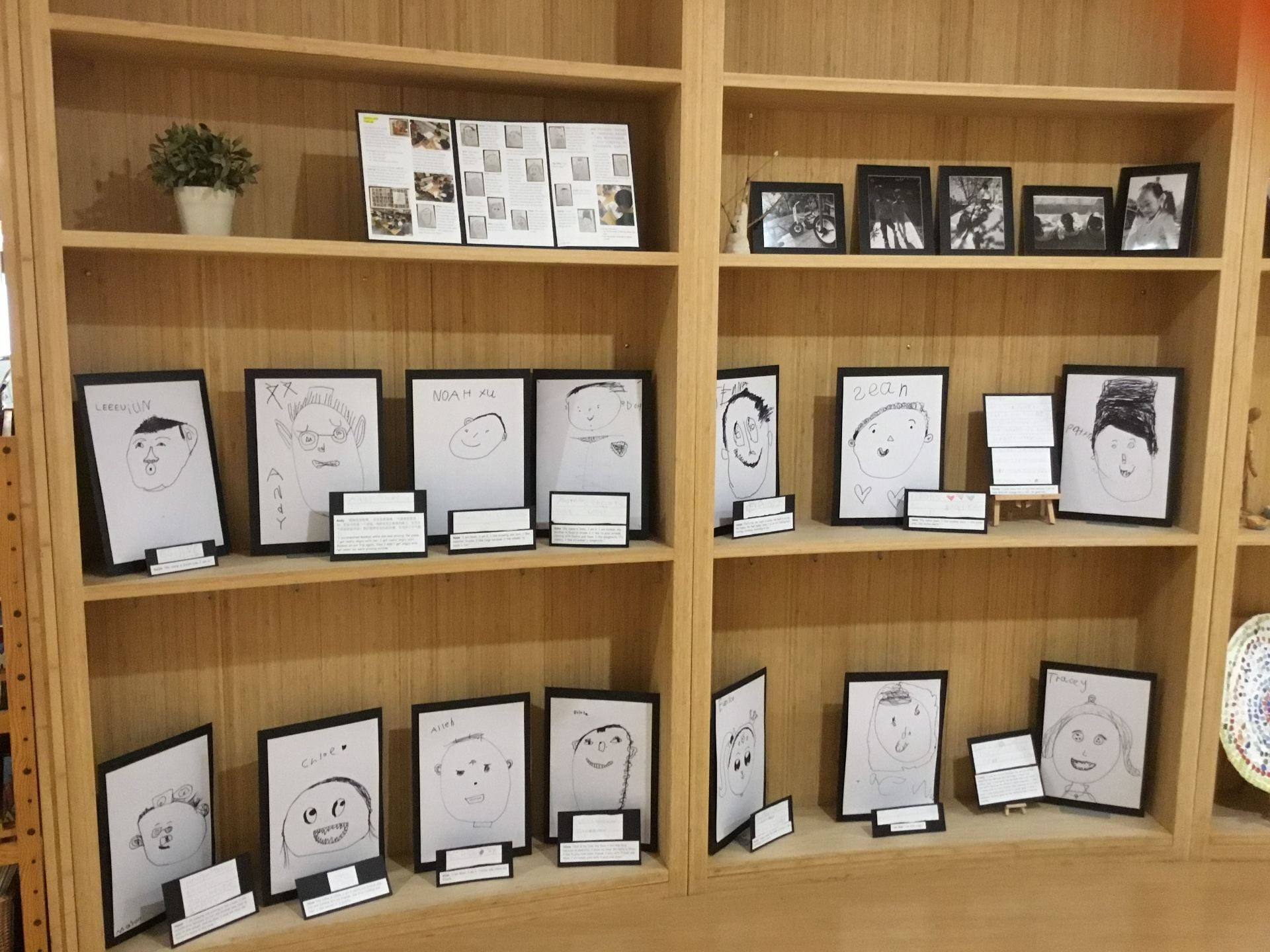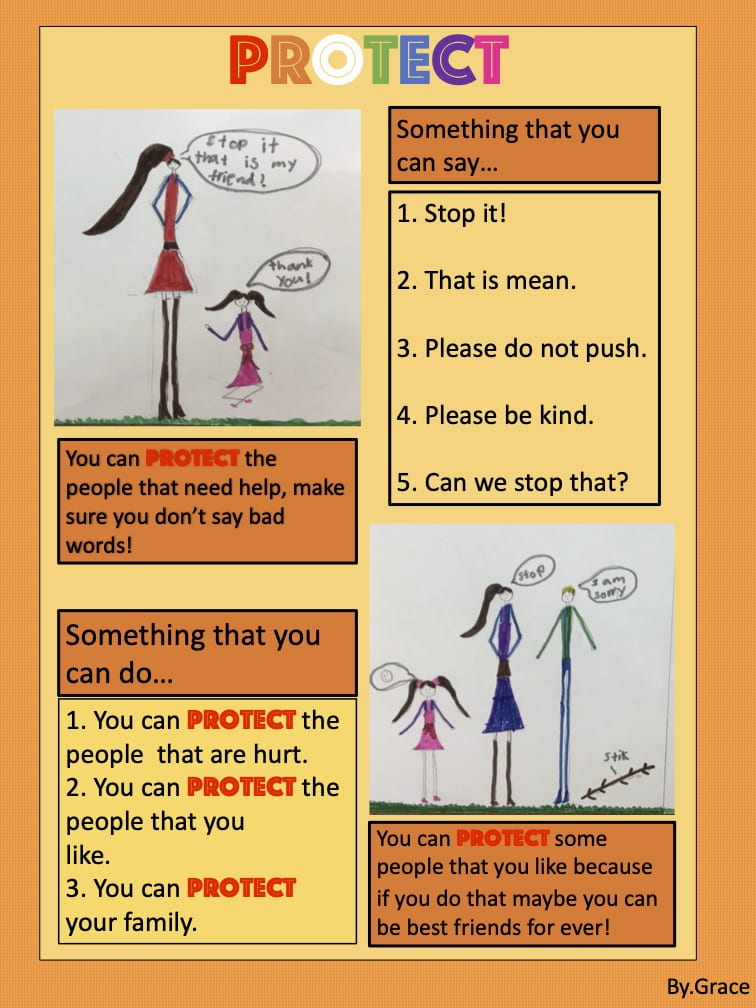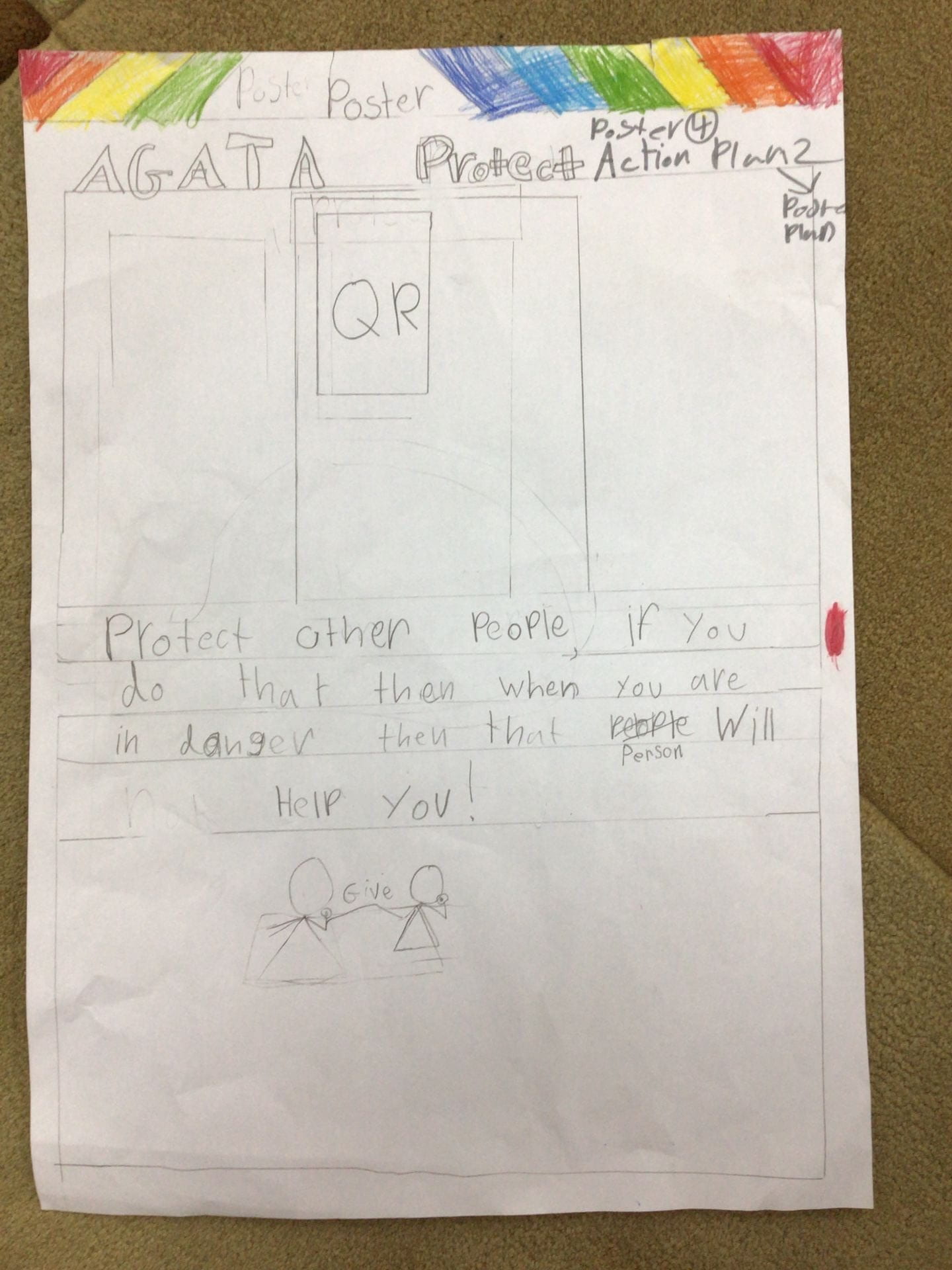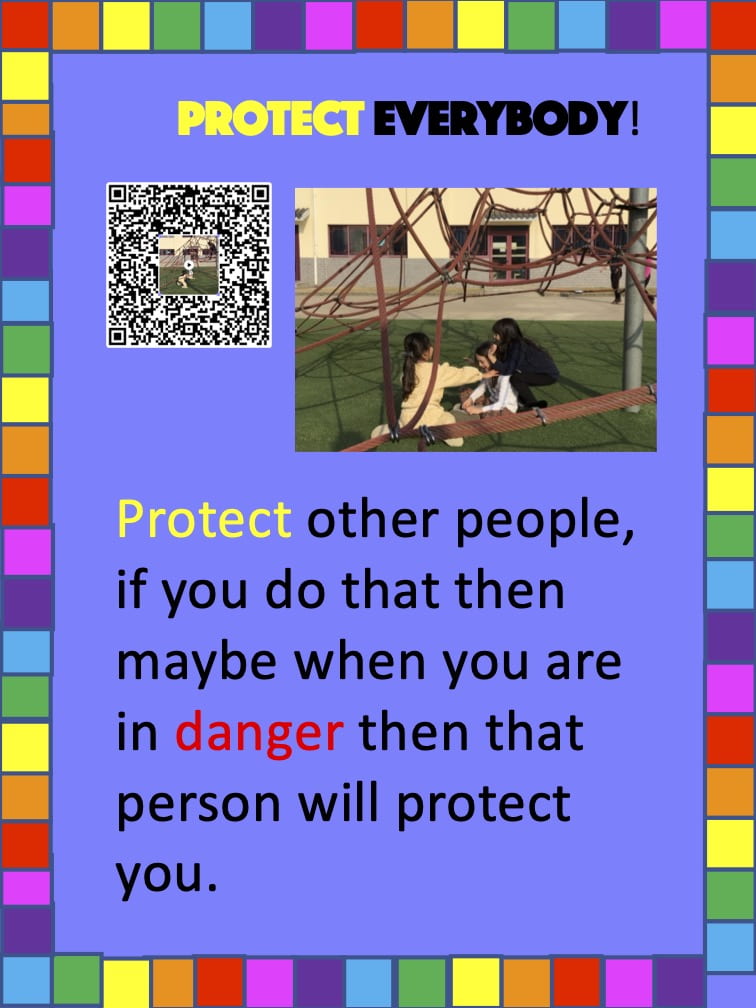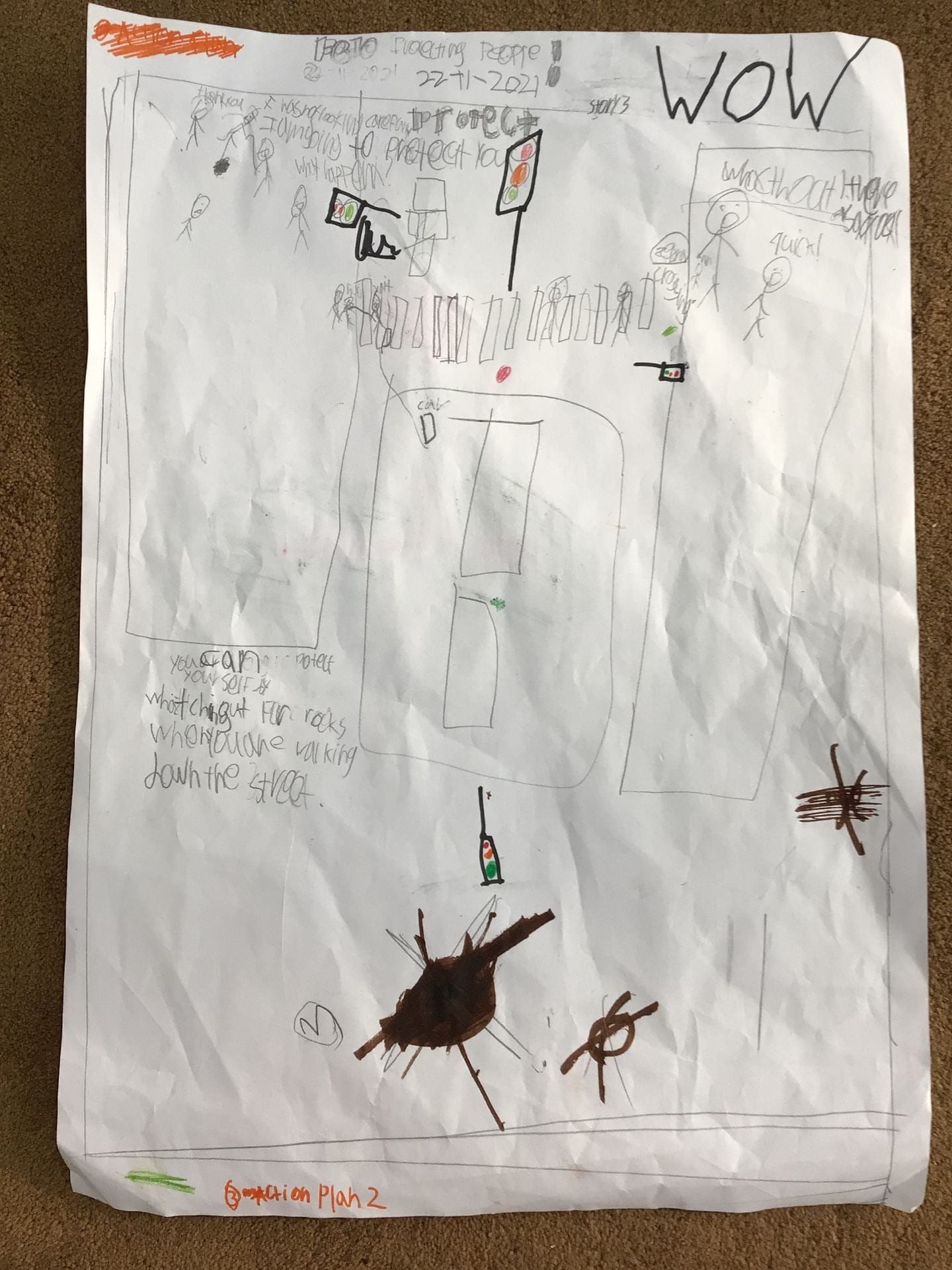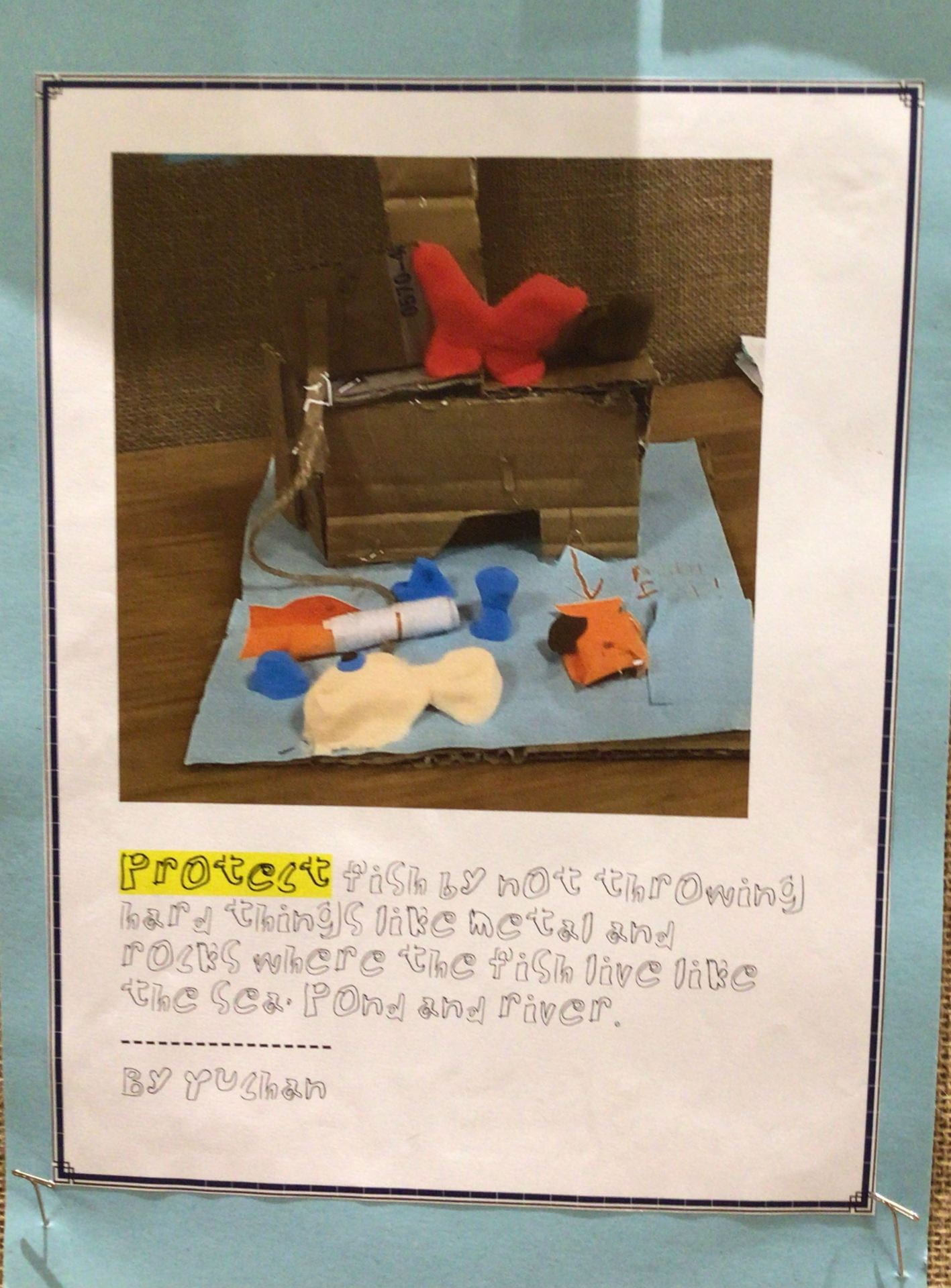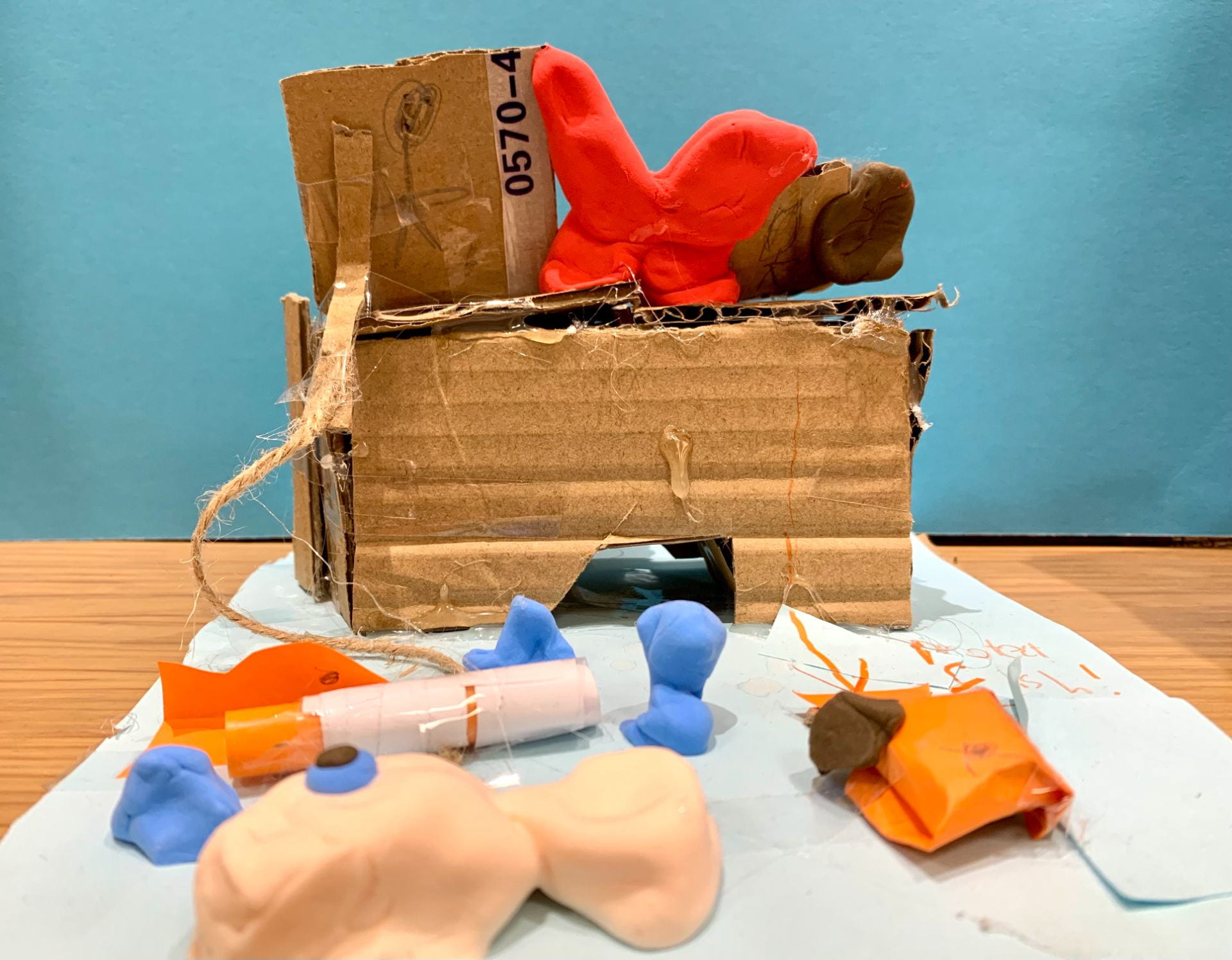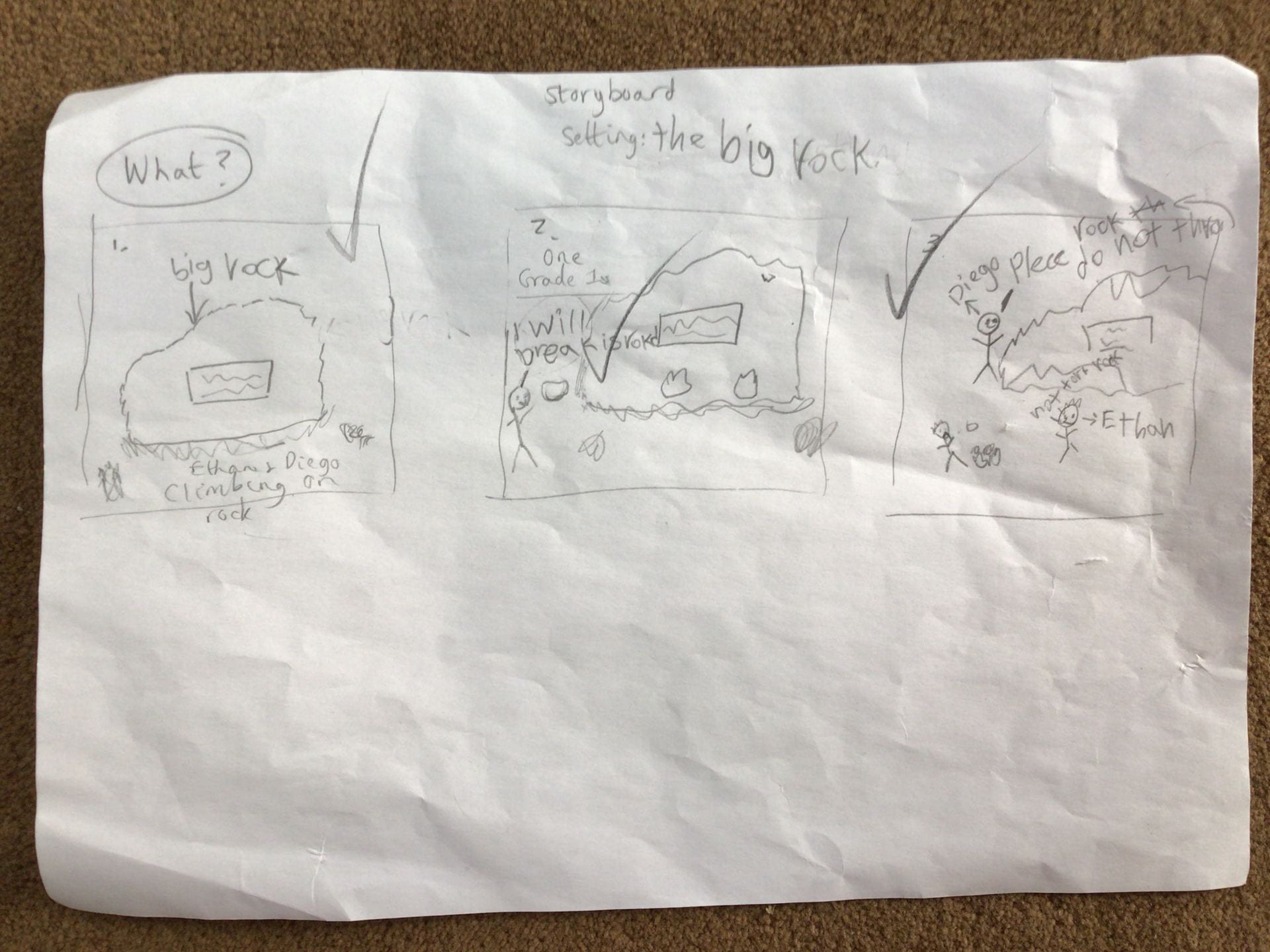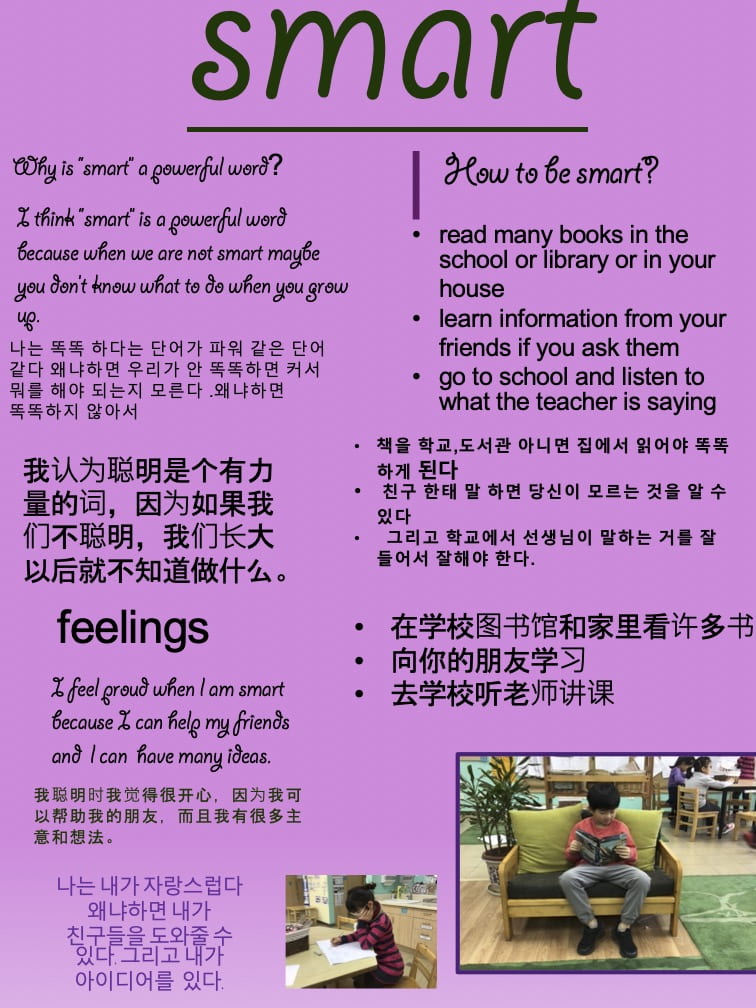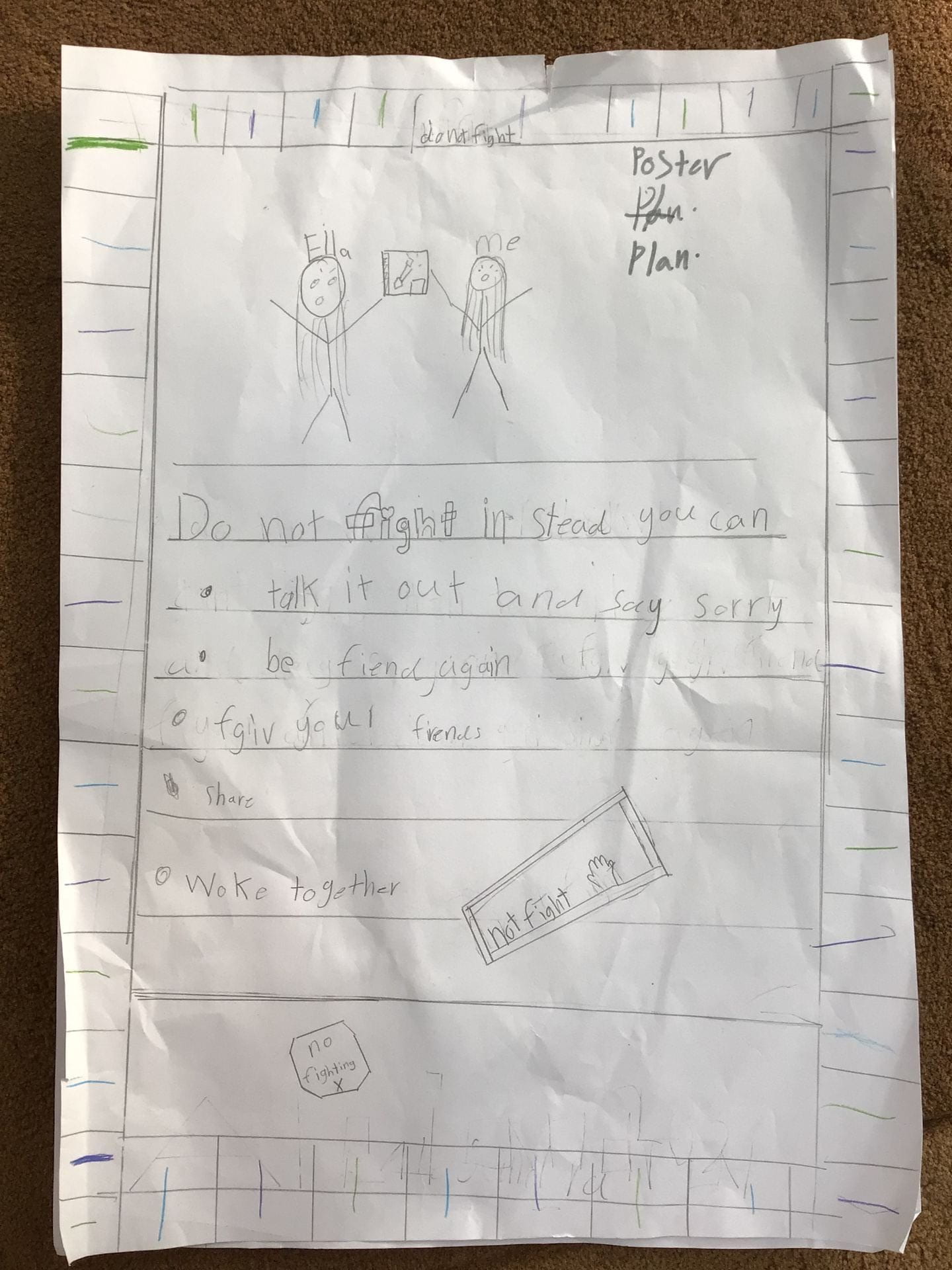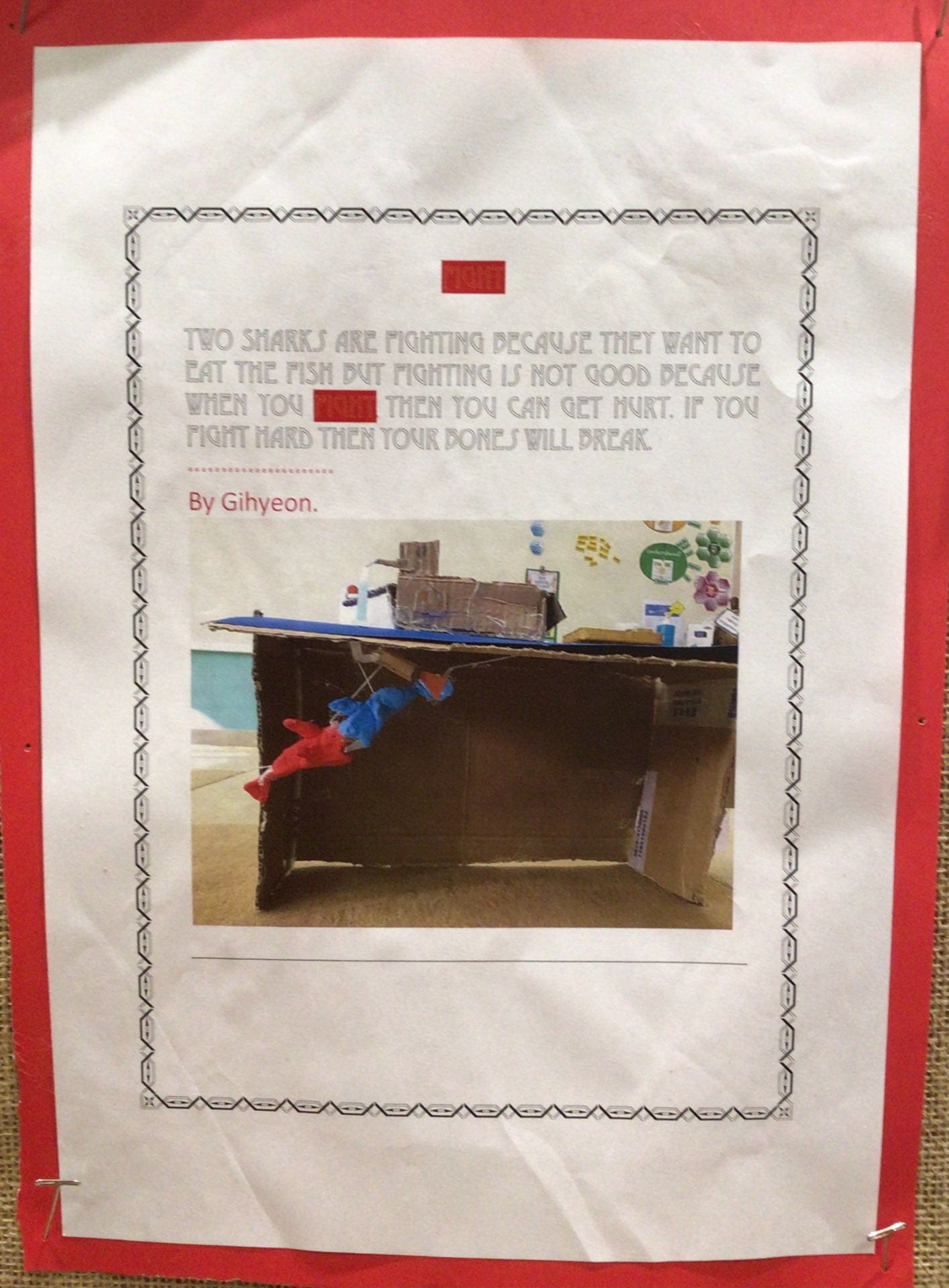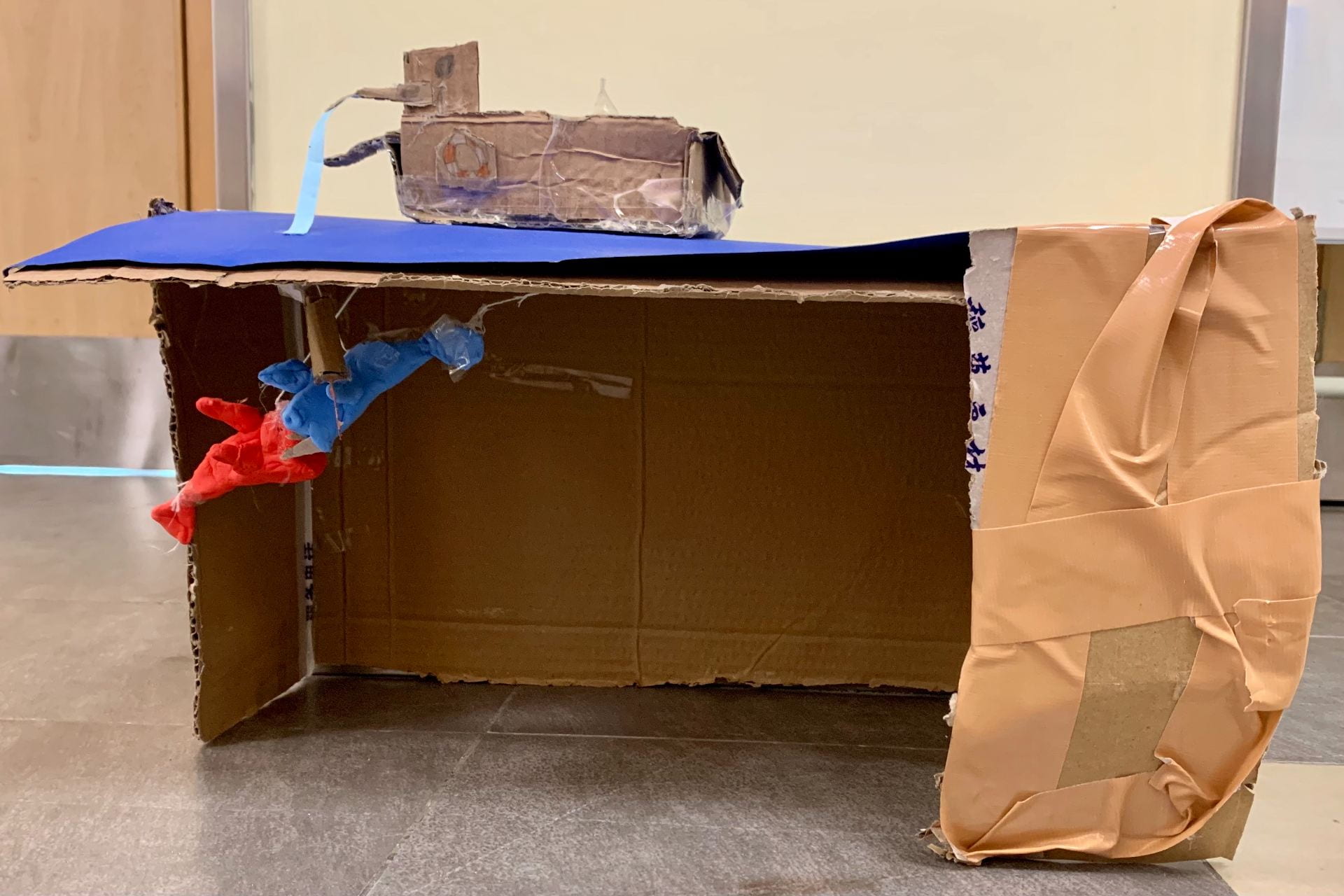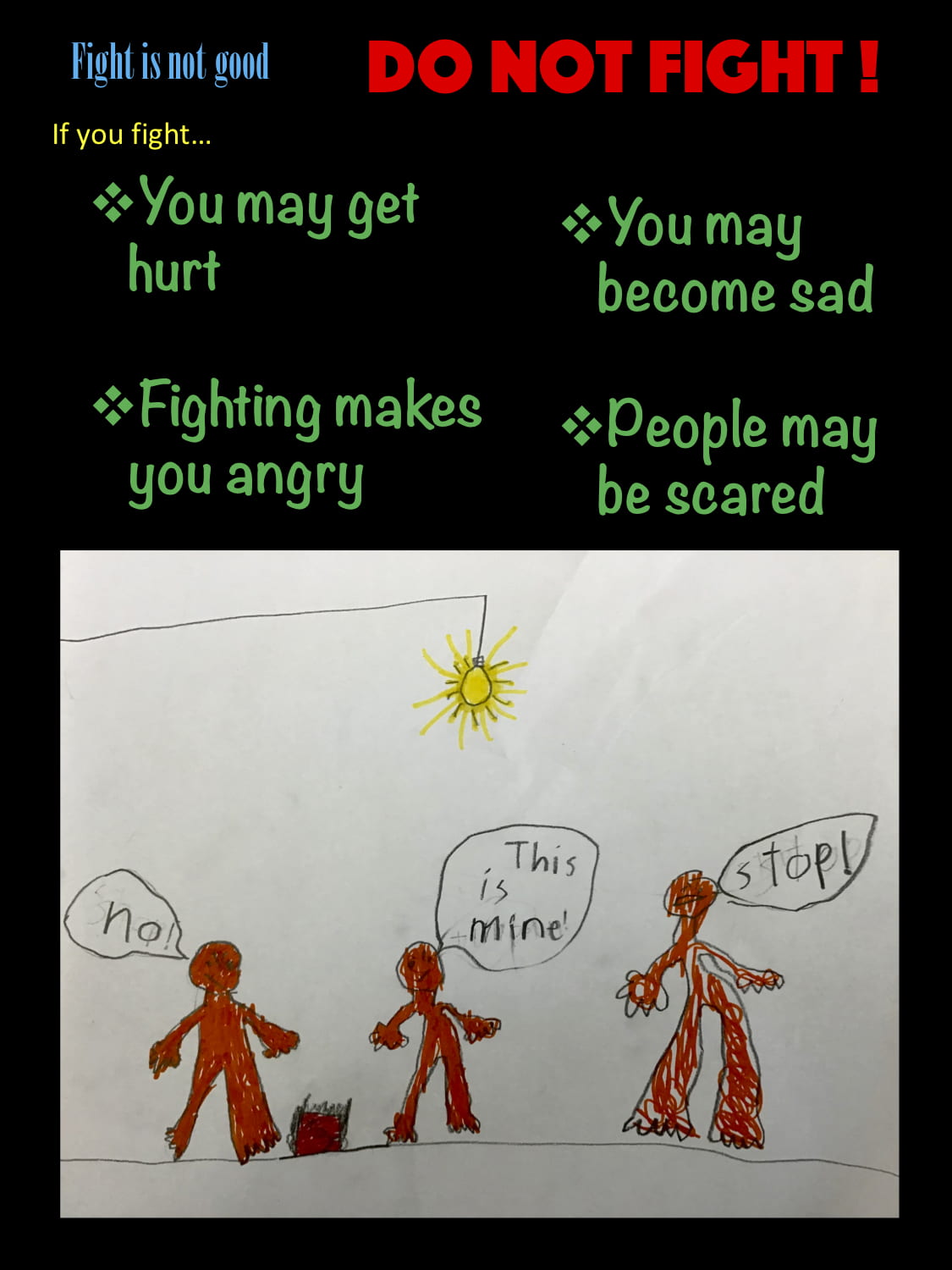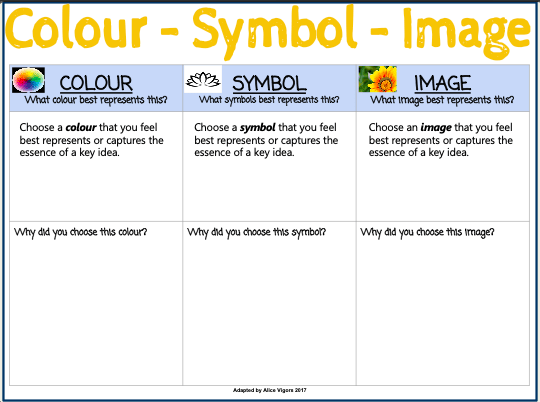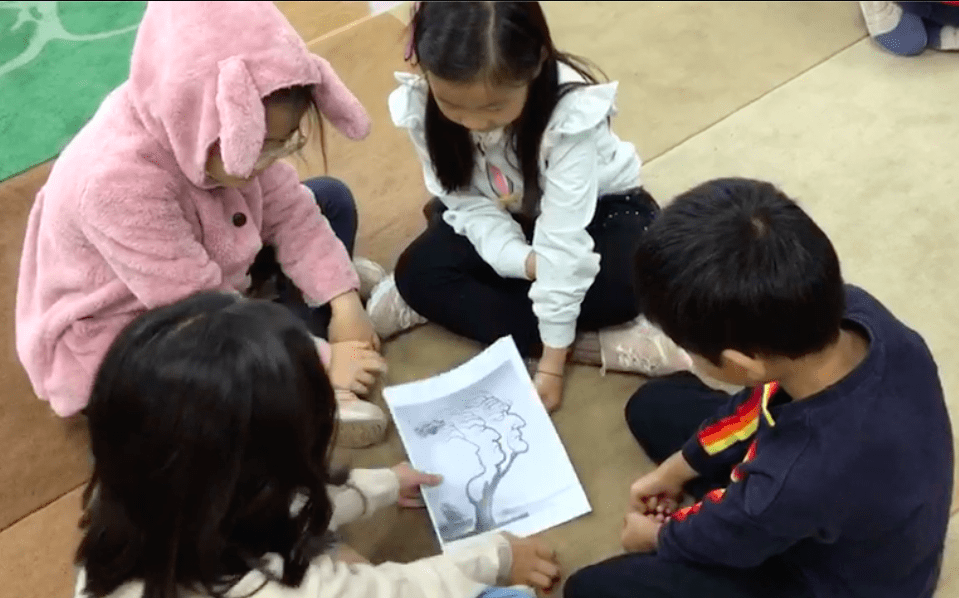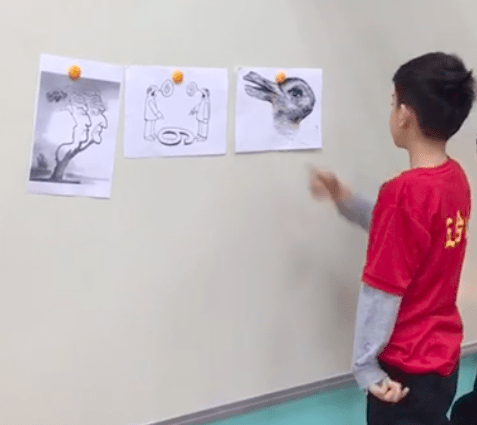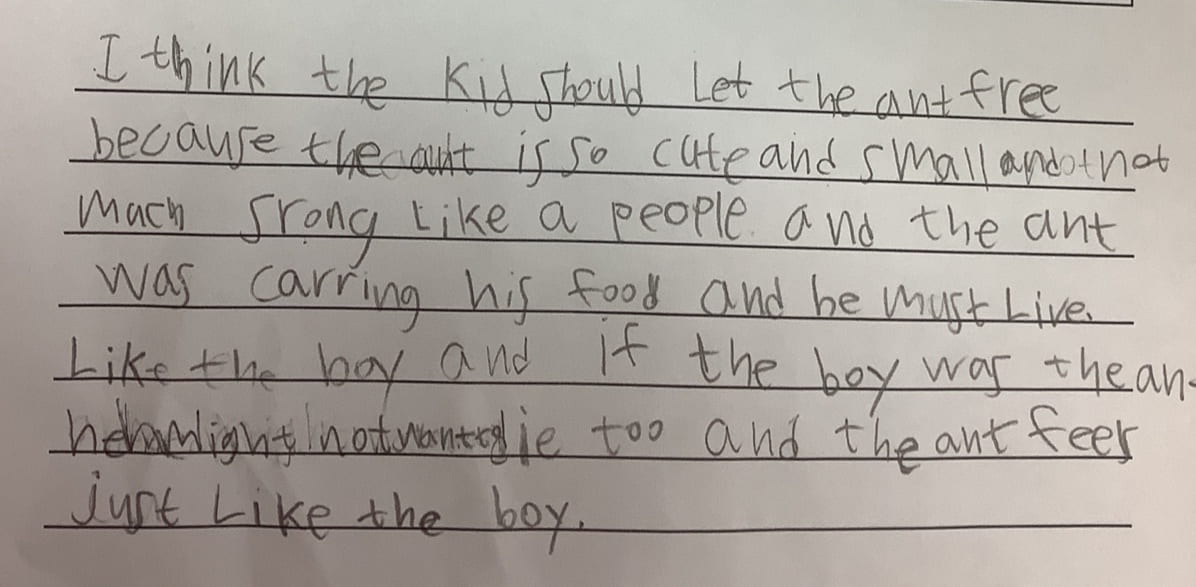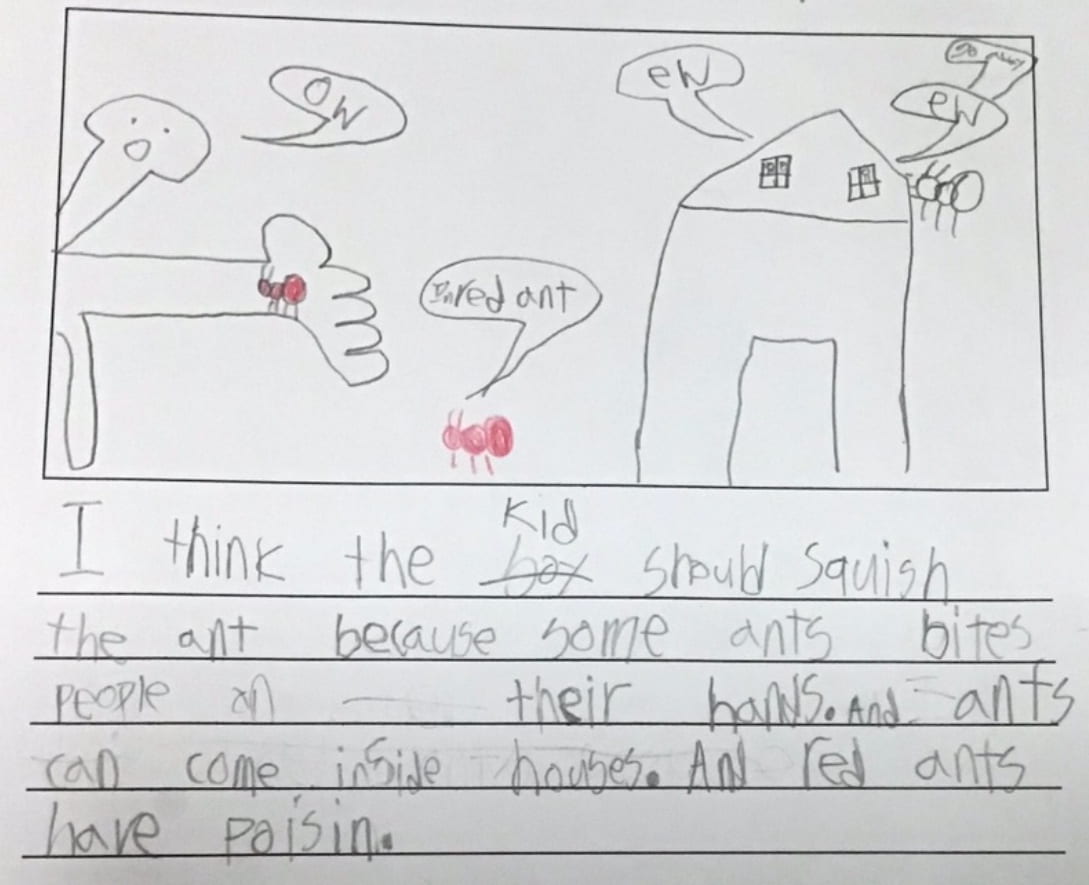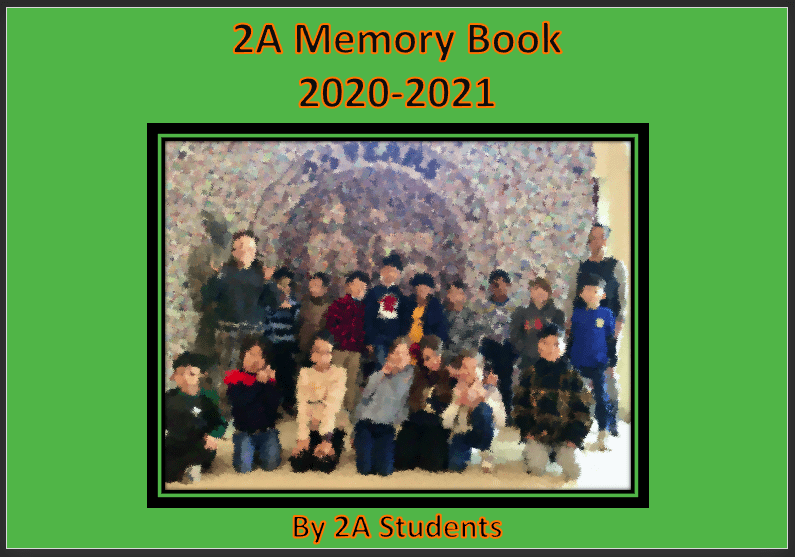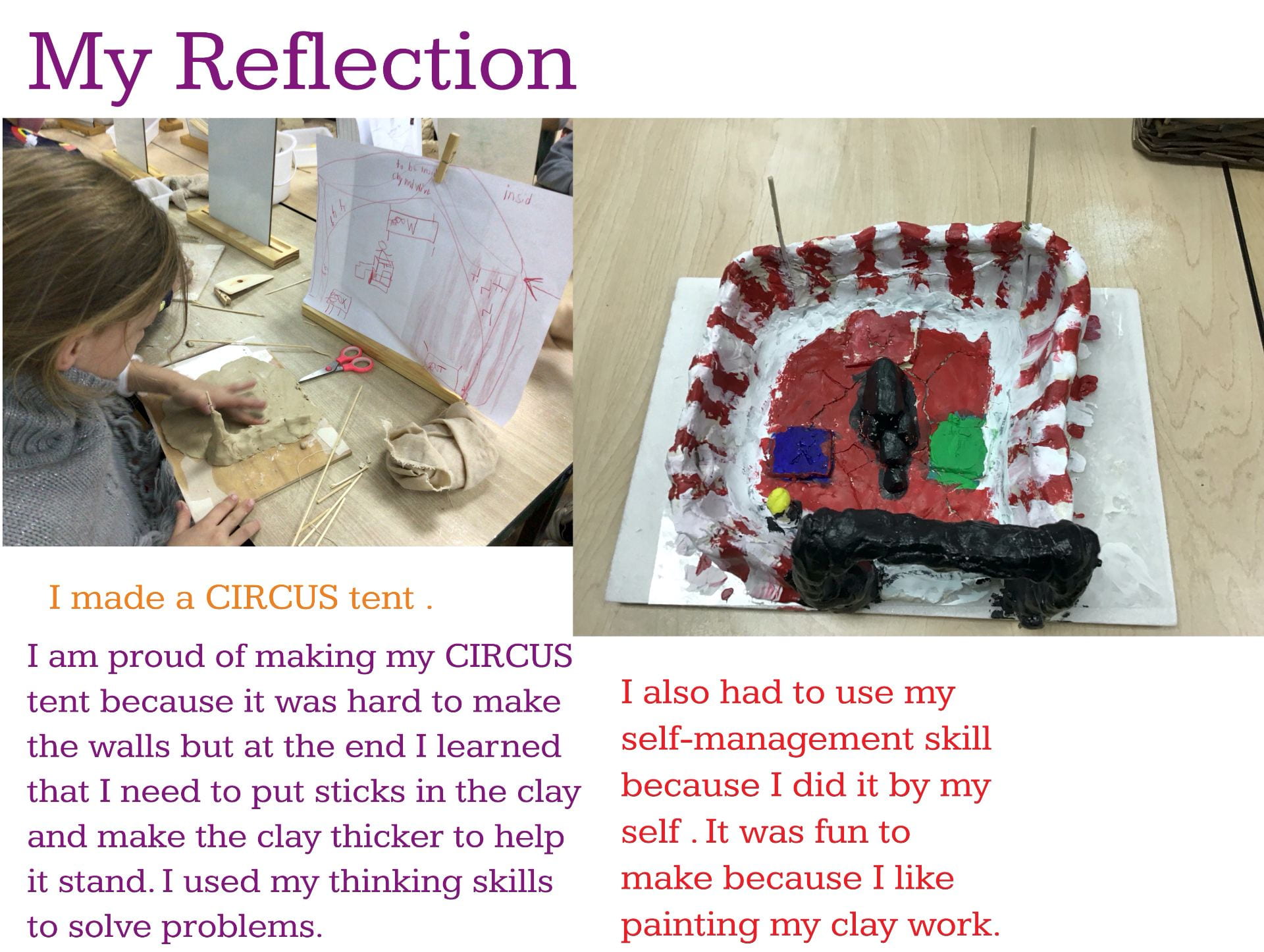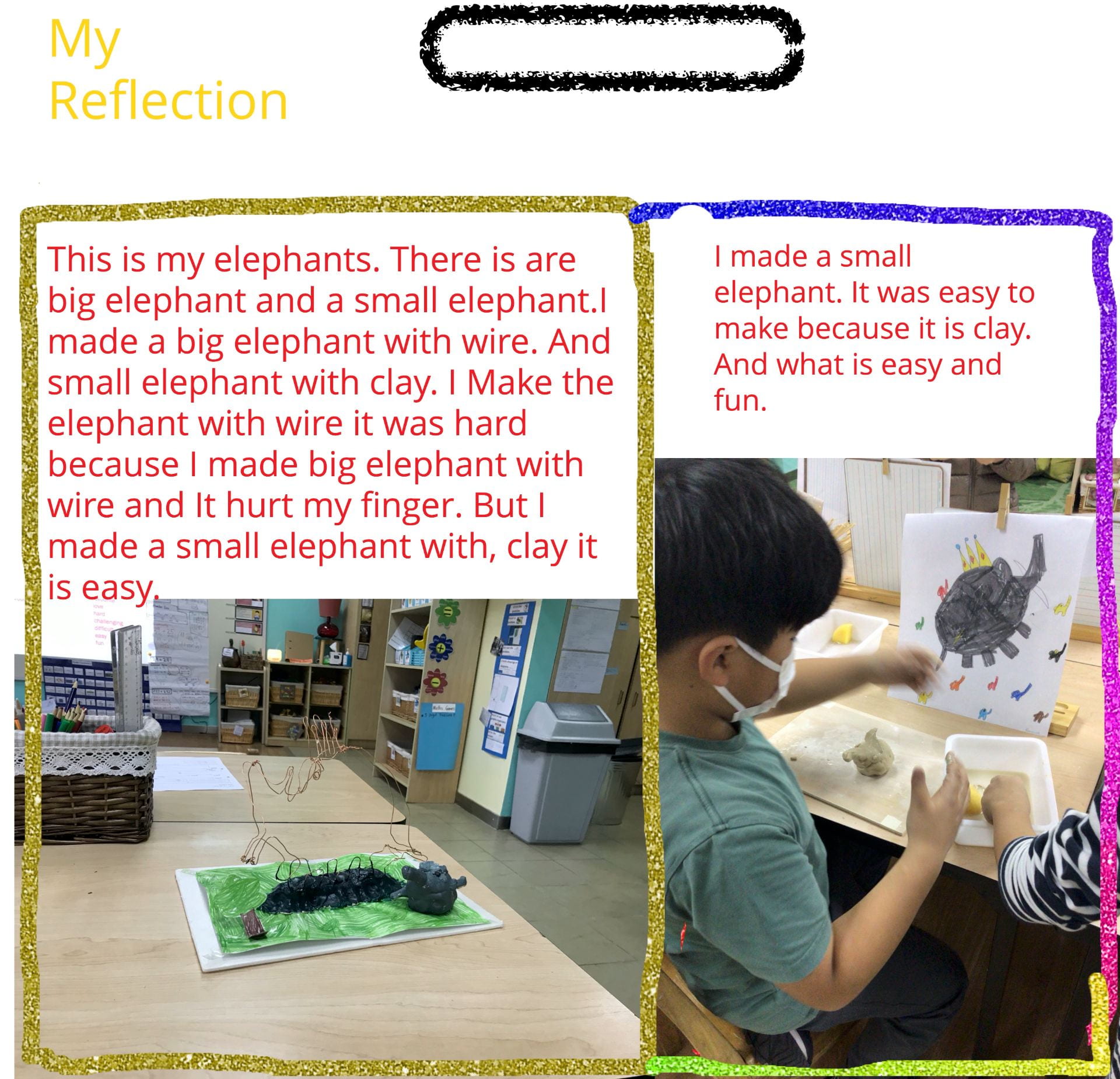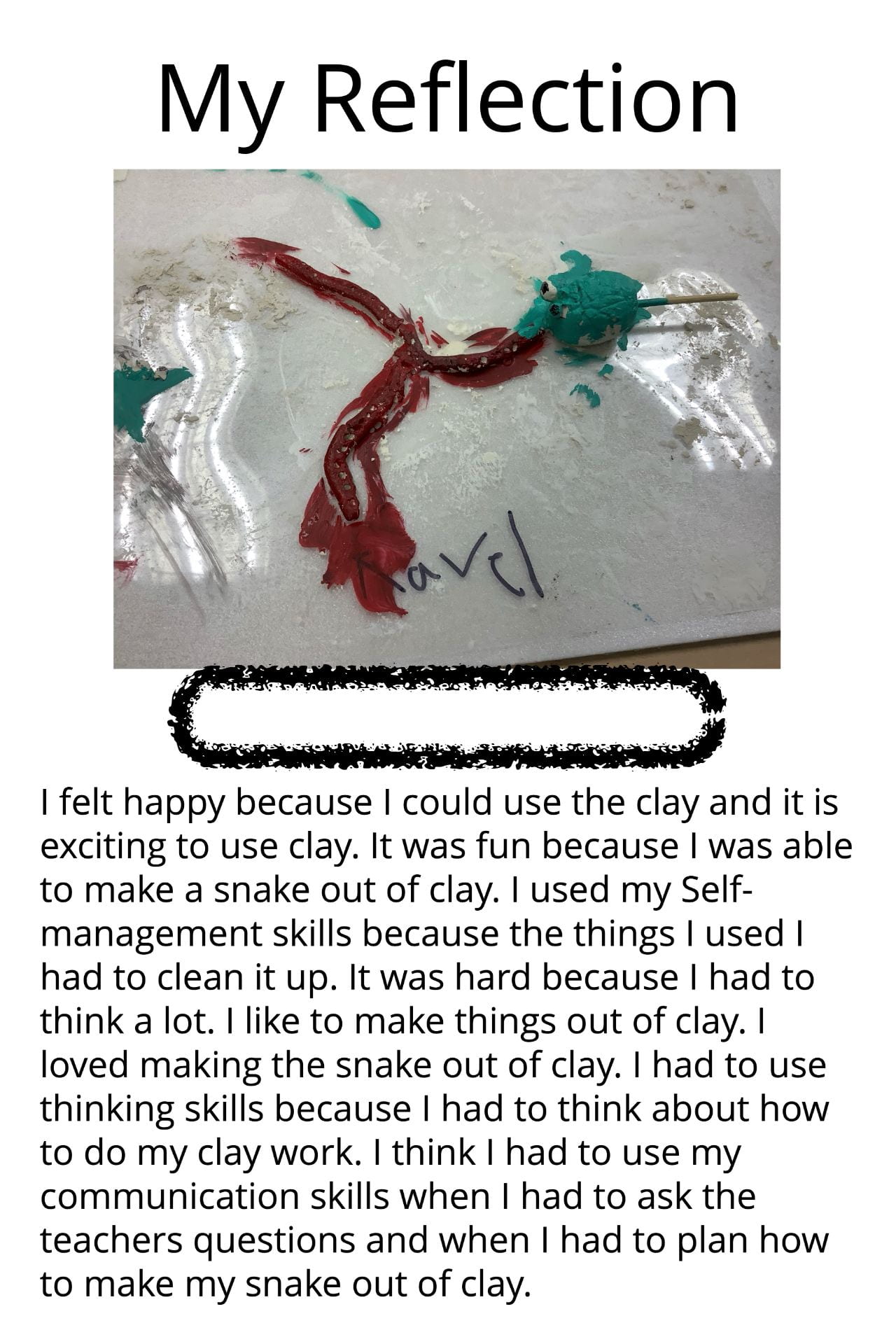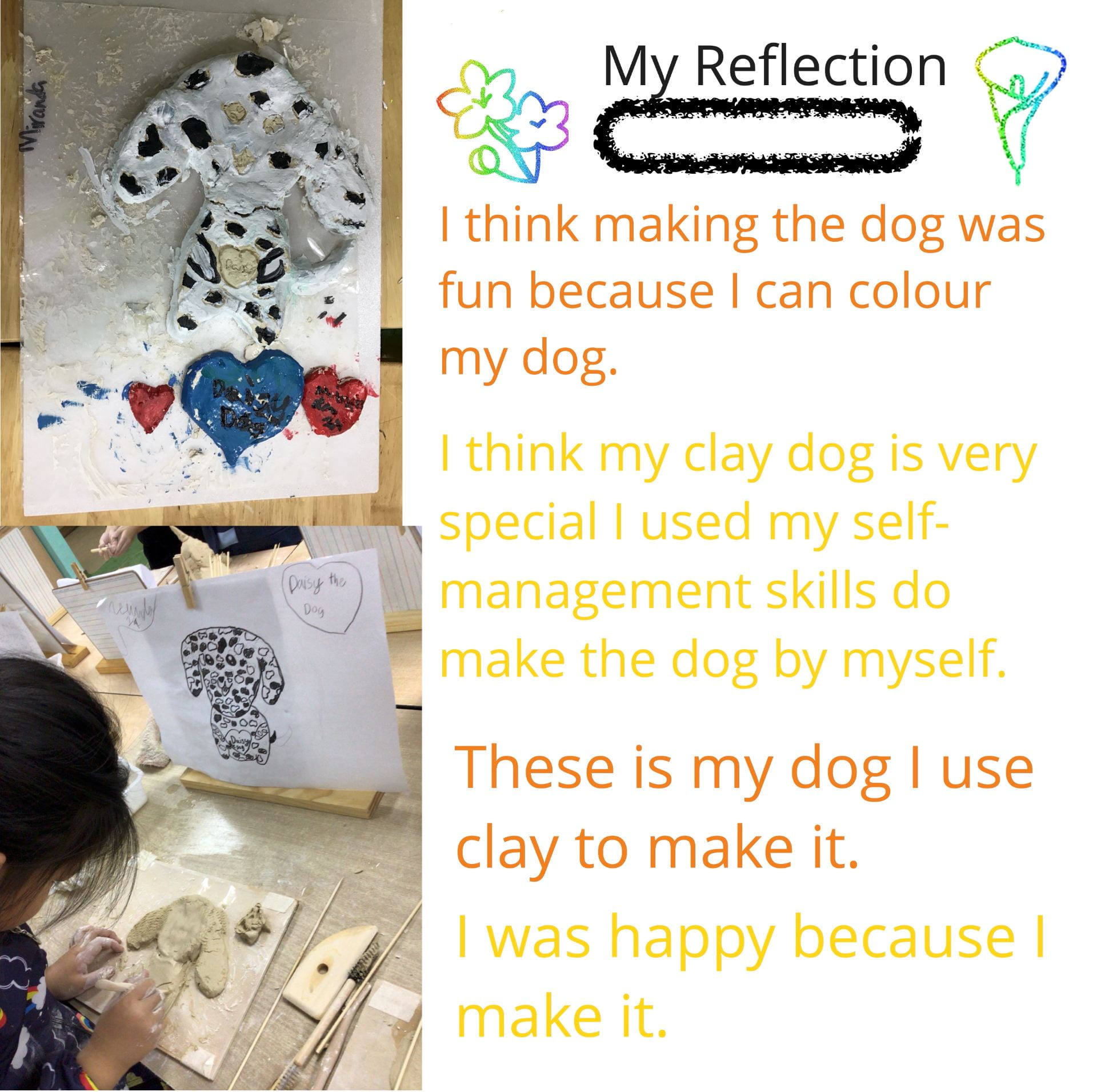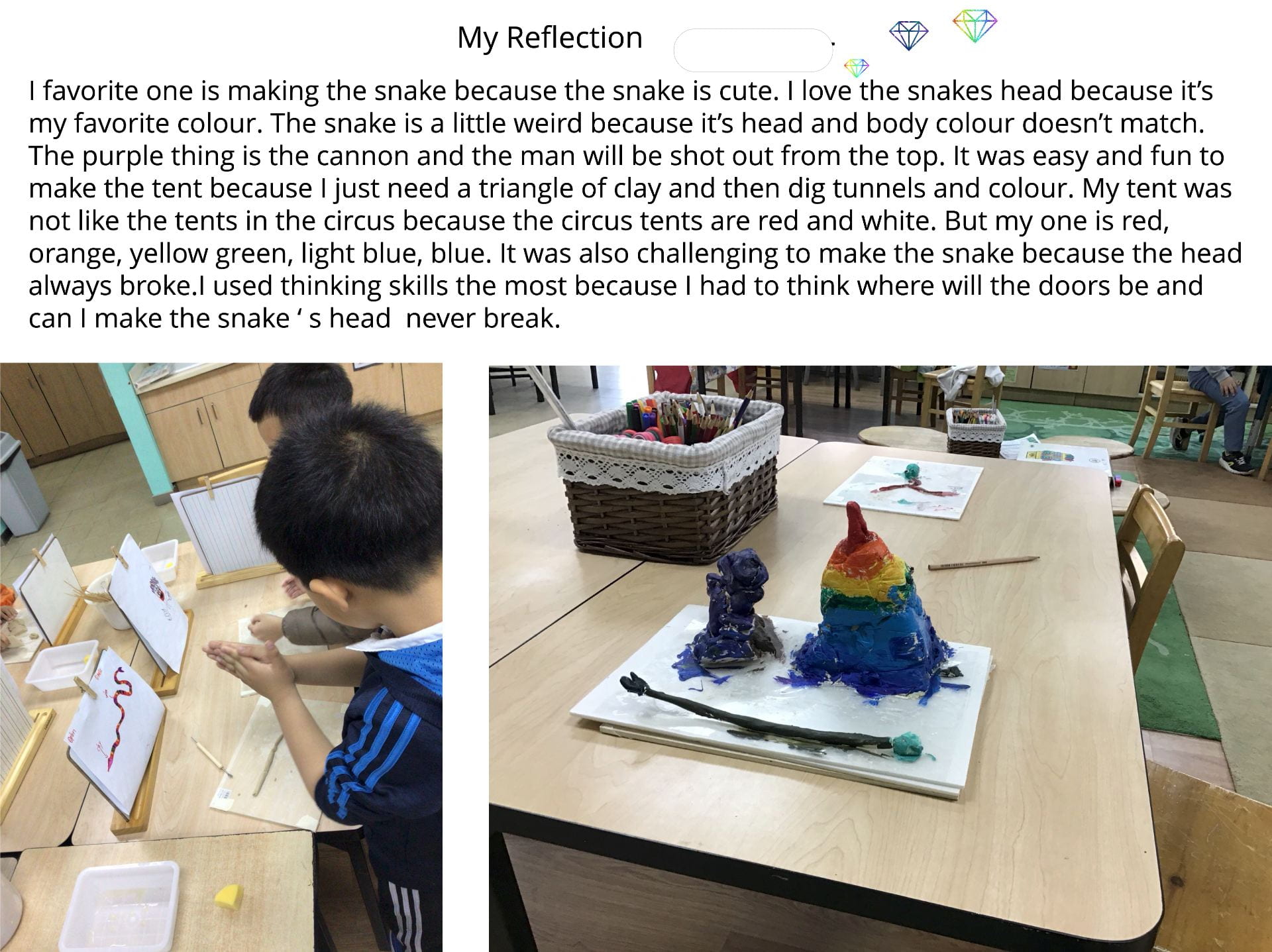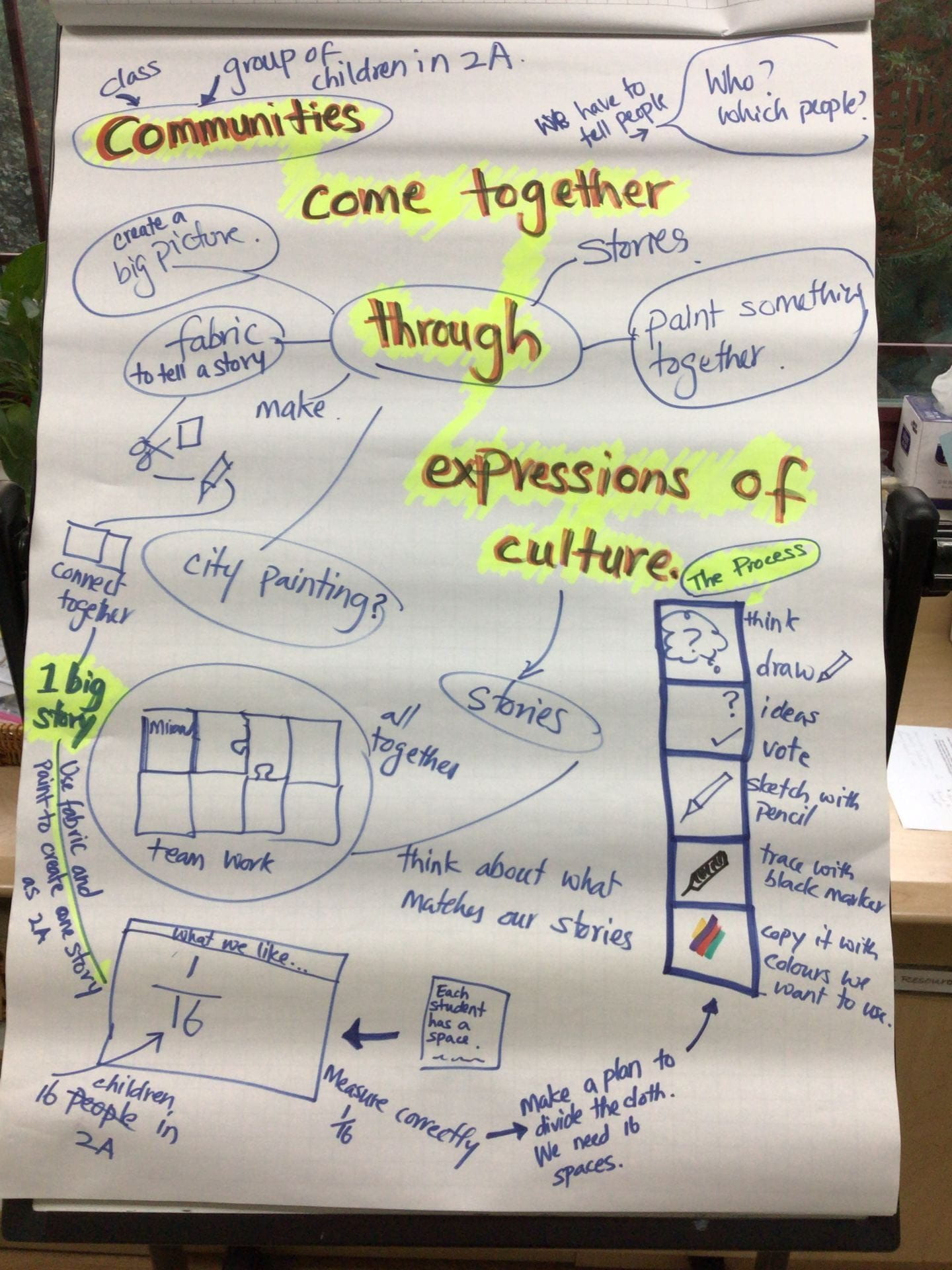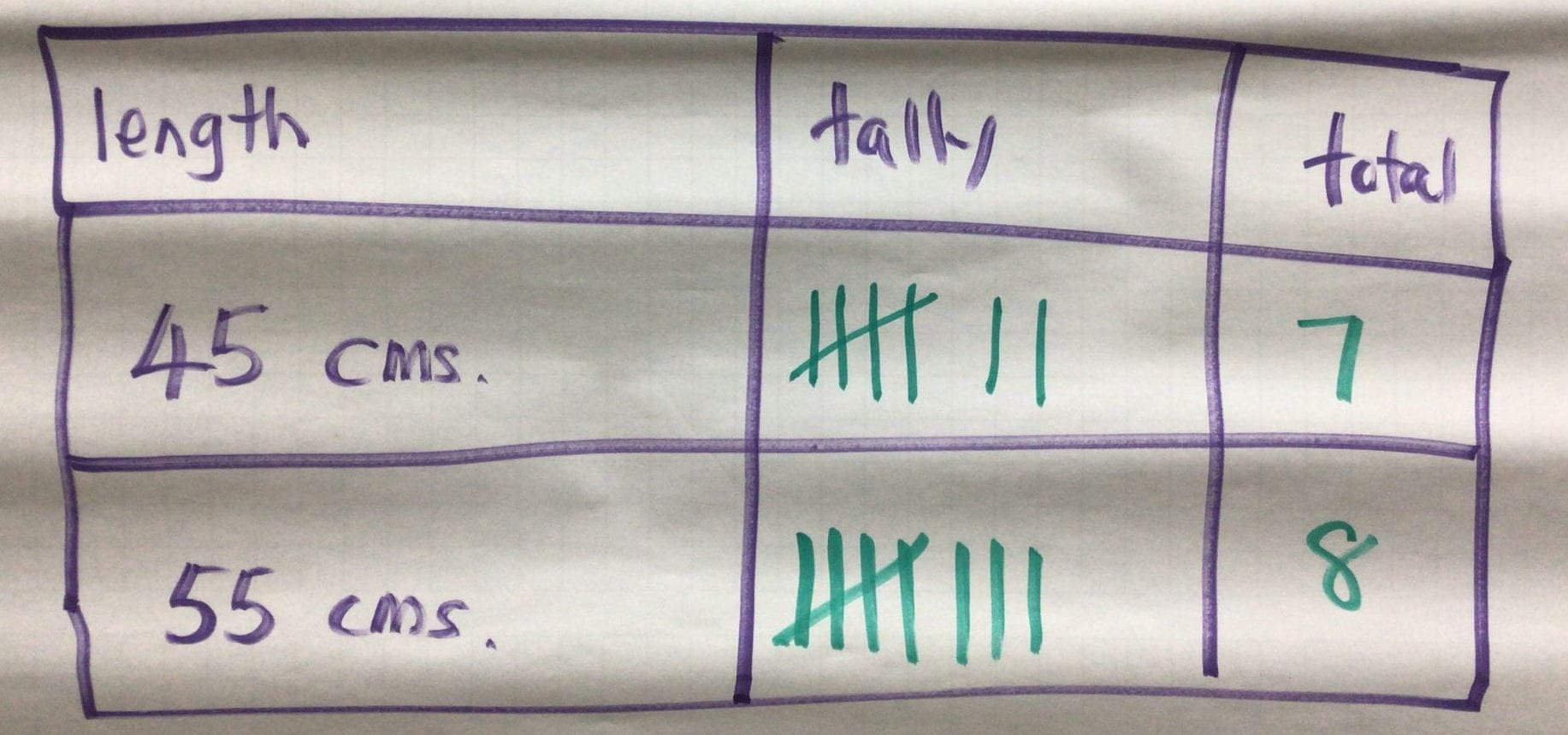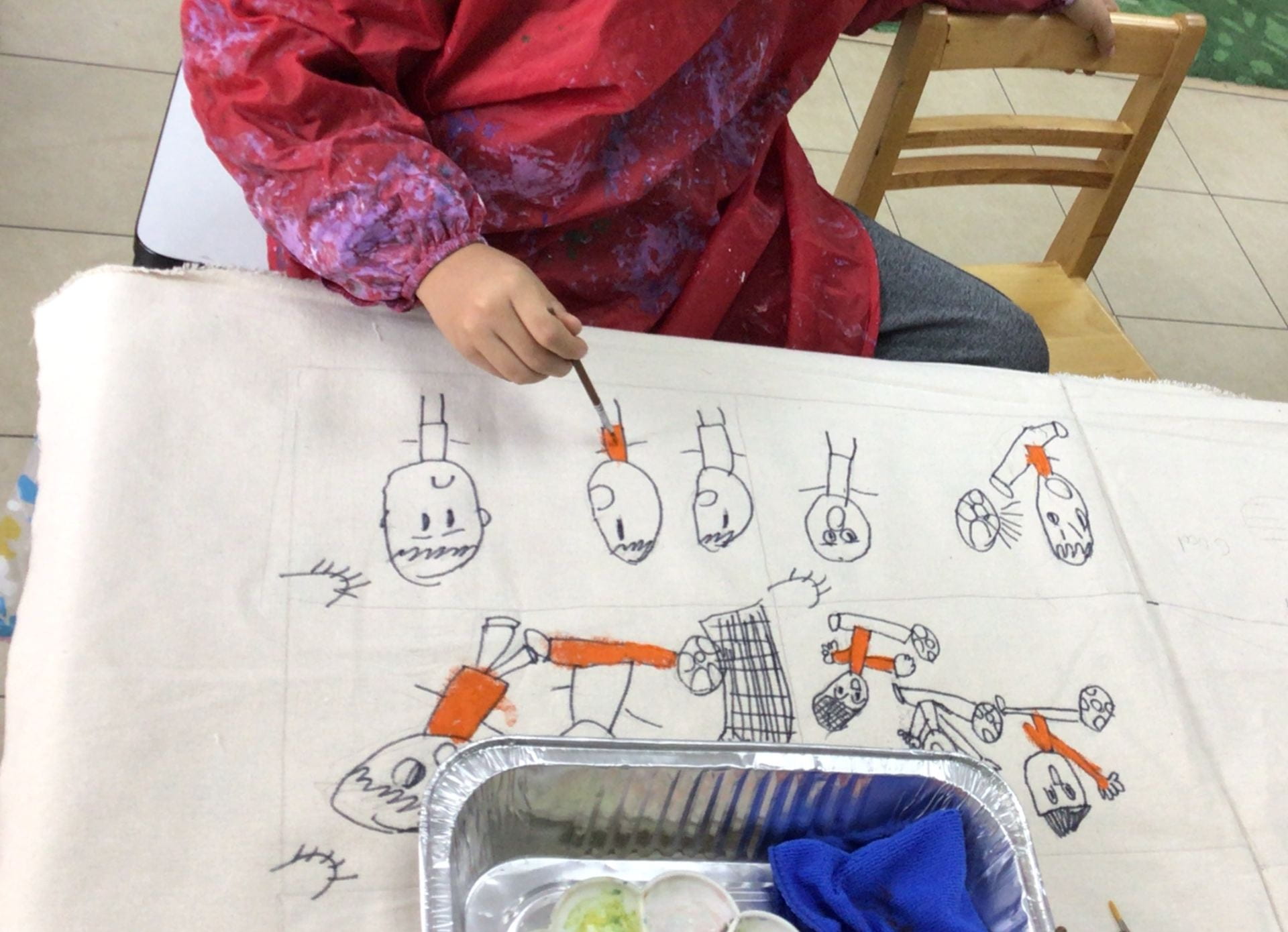A New App
The teachers noticed that the movie makers were having trouble telling their stories using the app ‘Stop Motion’ as they were unable to see the movements they were making as they took the photographs. Therefore, the team were introduced to the app ‘I Can ANIMATE’ to help them create their Lego movies.
After a quick introduction, the team were ready to start again. They learned more about the app through trial and error. The movie makers revisited the stories to ensure they were telling the stories in sequence. Because previous photographs were visible as a watermark on the app it was easier for the moviemakers to position their characters and objects to take the next photograph.
The task required the team to stay focused, to manage multiple jobs, the iPad and the objects while thinking of the different events that occur in their story. They needed to be flexible and open to make changes during their tasks. At times, they had to go back and redo some of the images to make sure they were telling their story in sequence. This required persistence and a willingness to learn as they engaged in the project.
After making the movie, they decided on sound effects and background music and then included their storyboard to complete their Lego story.
Snowman
by Beomjun
“I am making a snowman. I go to home. I make the snowman and people. I am looking at my home window. I am a Pokemon monster.”
Pokemon
by Eunbyul
“The Pikachu is in the water and give to Pikachu. Pikachu, oh No! Pikachu is small. Abook many lightning fighting. New lightening. Oh no, lightning is little. Pikachu play the phone. The fun. He play the Minecraft.”
Fighting Car
by Eli
First, Pikachu is on the boat. Second, Pikachu go to the wheel and then turned left. The boat turned and then the boat go too fast turning so it go in the water and Pikachu swim, swim, swim, swim, swim, swim, swim, and then go to the sand.”
Green People
by Oxford
“One boat fall. The boat will fall in the house. One green people come. The green people come and take the boat and then he goes somewhere he loves.”
Boat
by Jeongyoon
“I go to boat and boat go fast and boat is on the water. The boat is going to a house. The boat going in water and I fell down and I say ‘HELP!’ because I can’t go out. And one people come and he help. And I go to train and train go to house.”


















